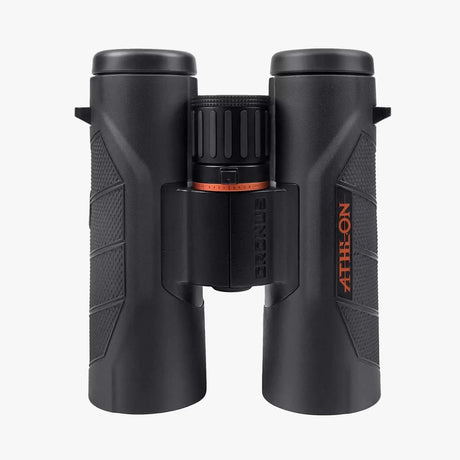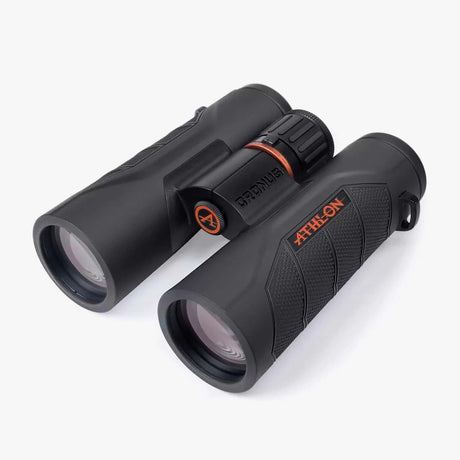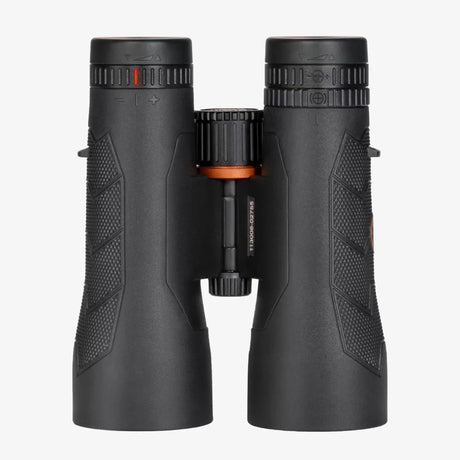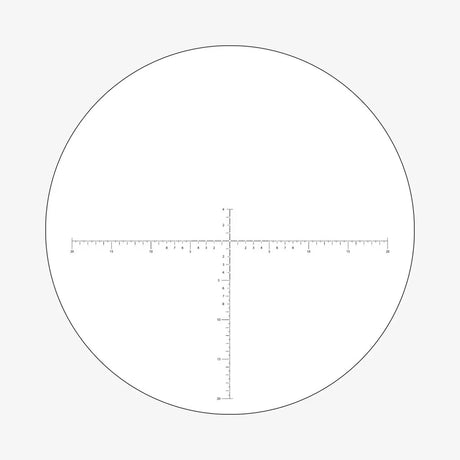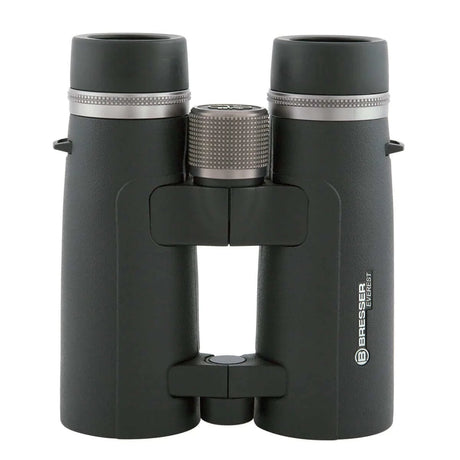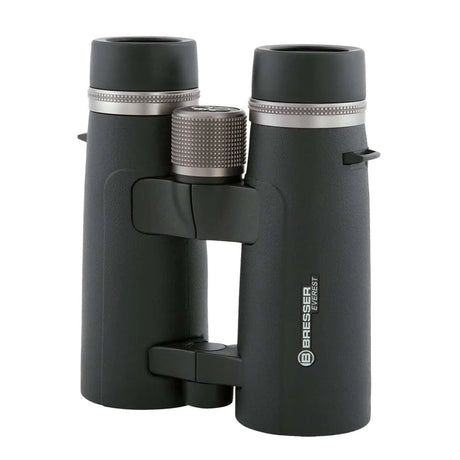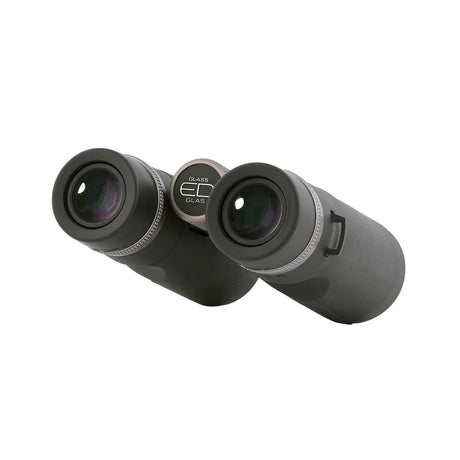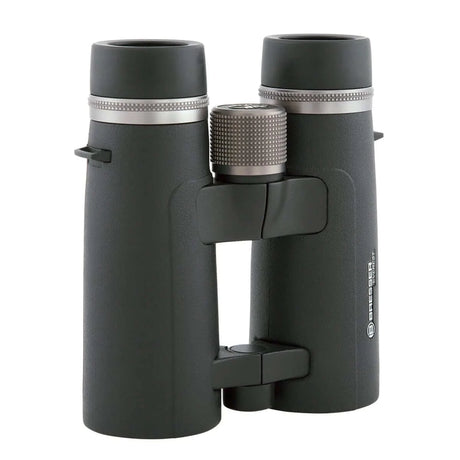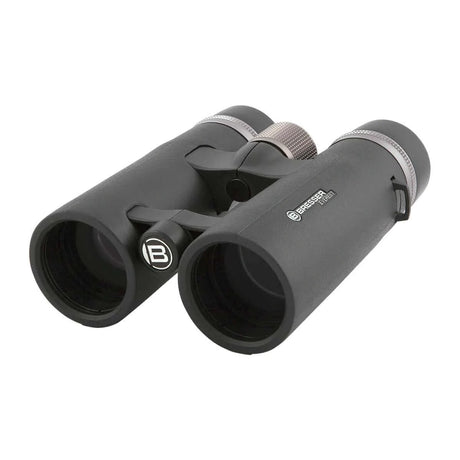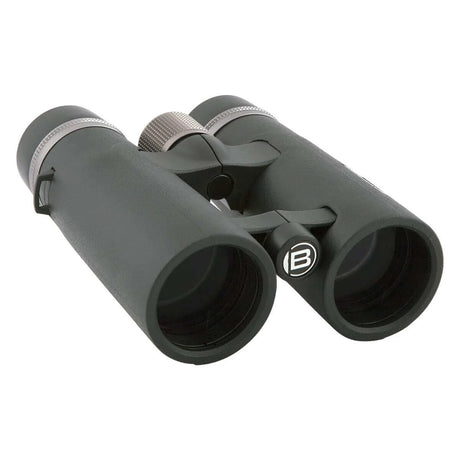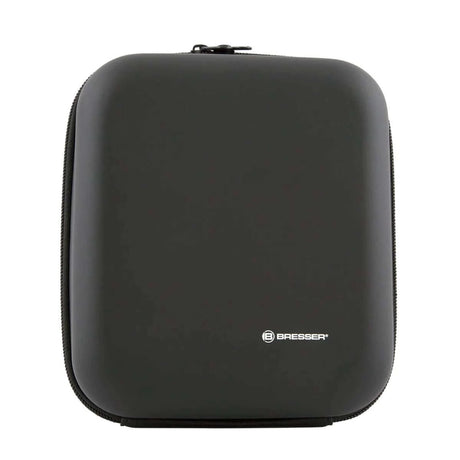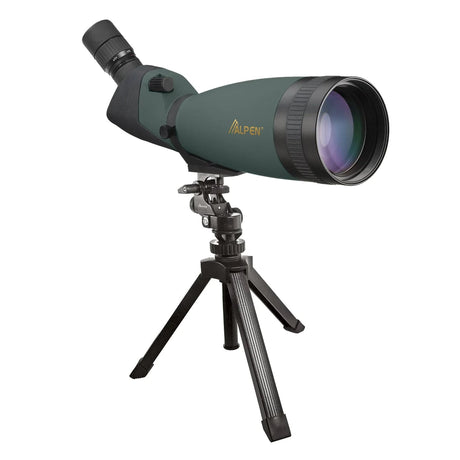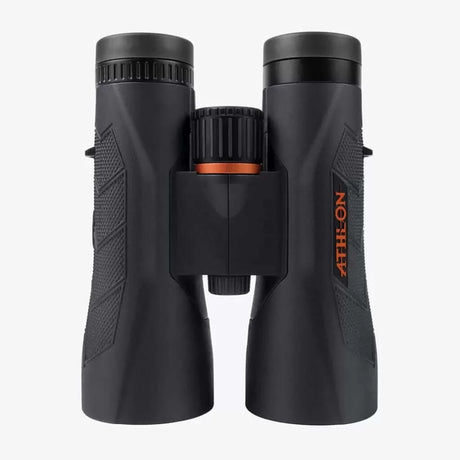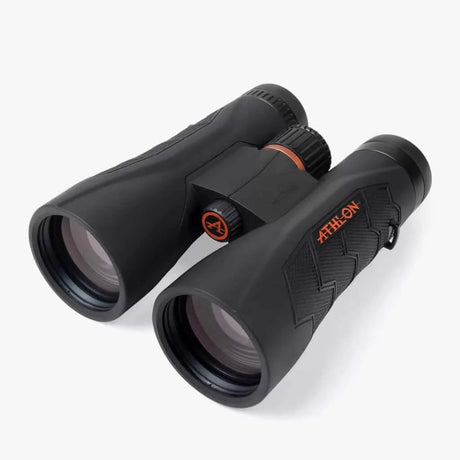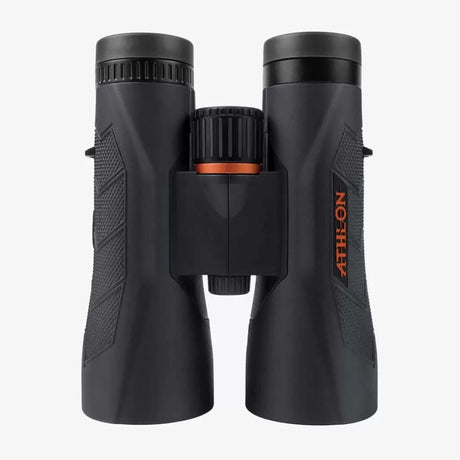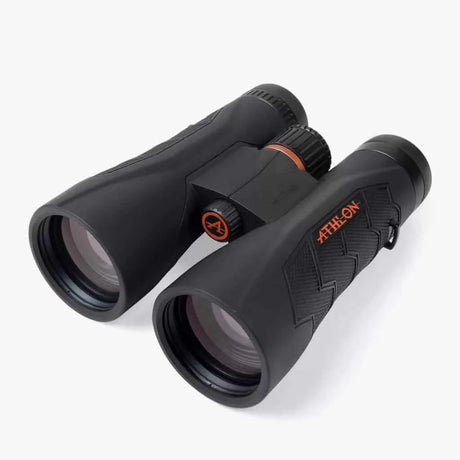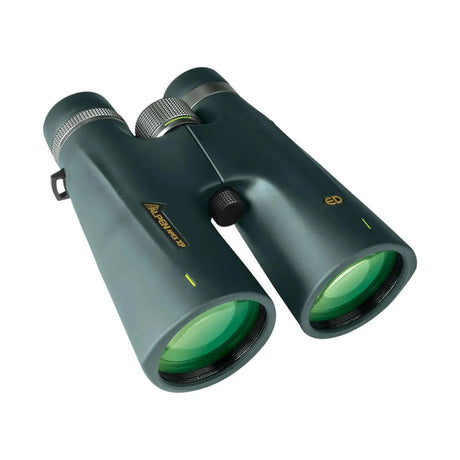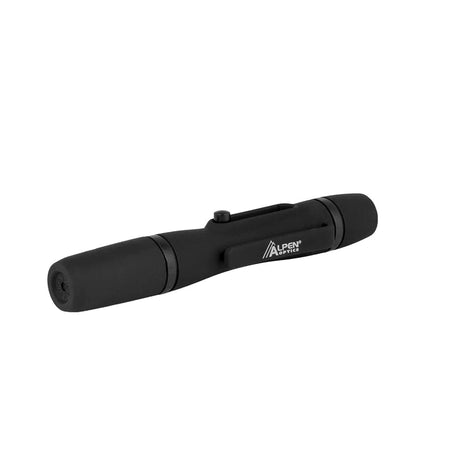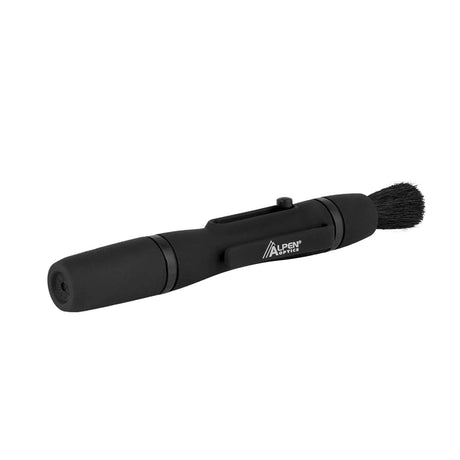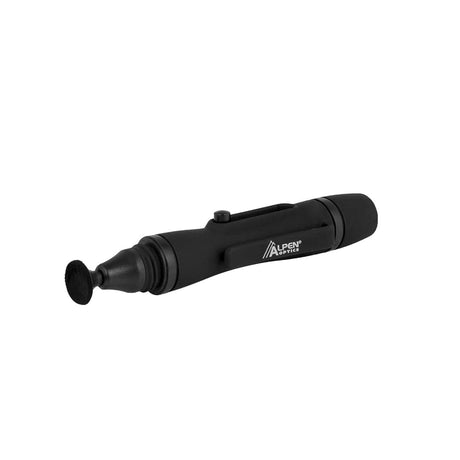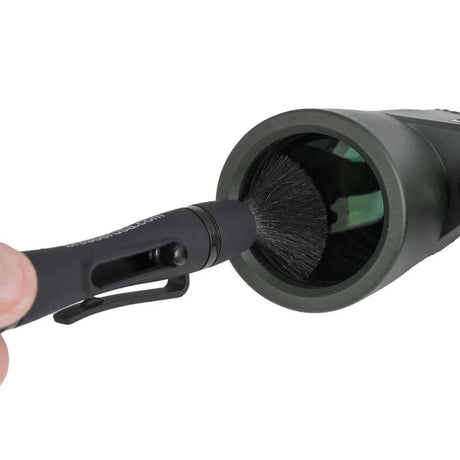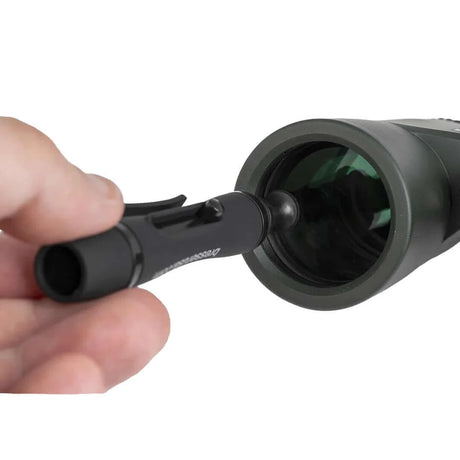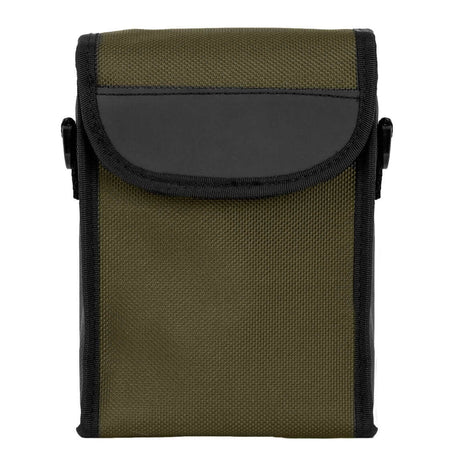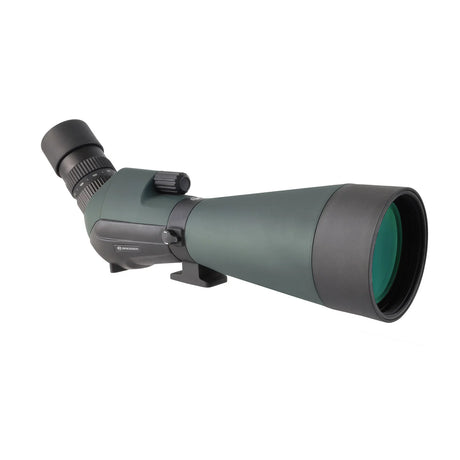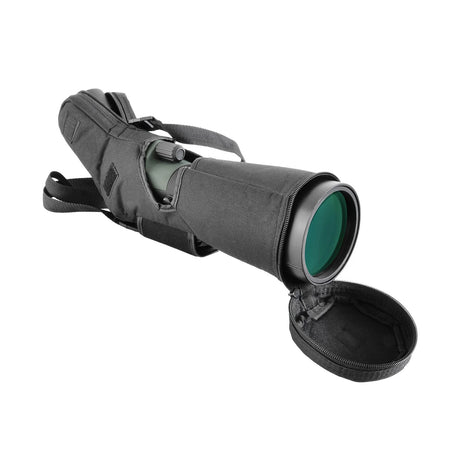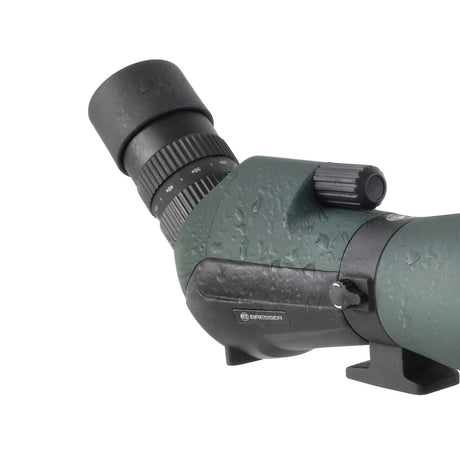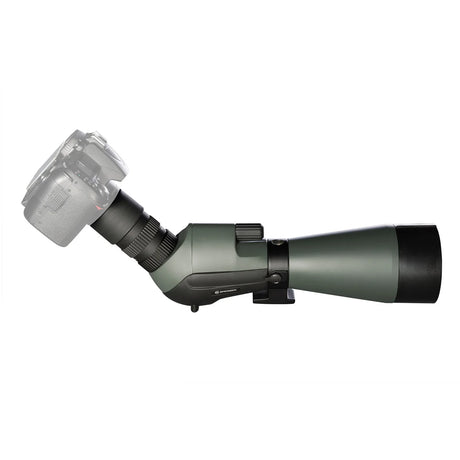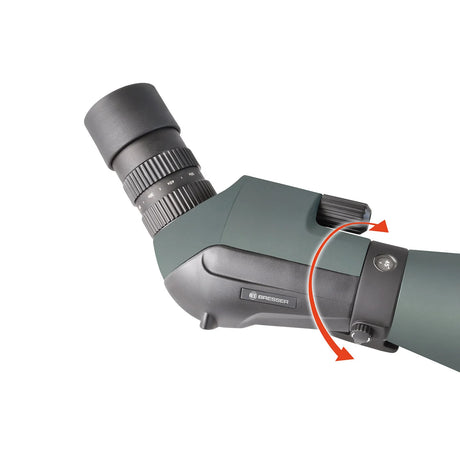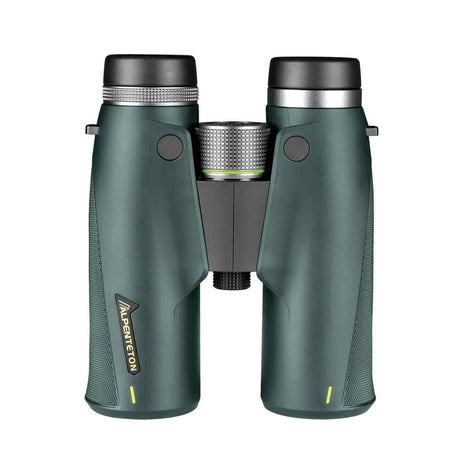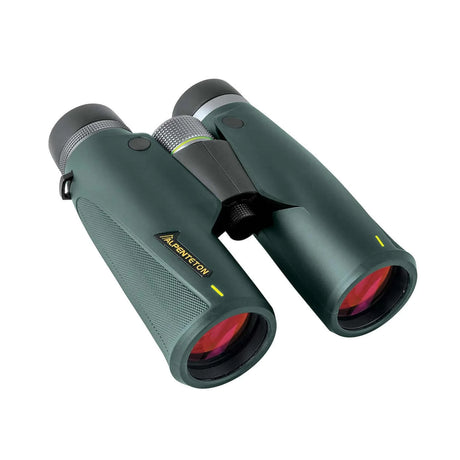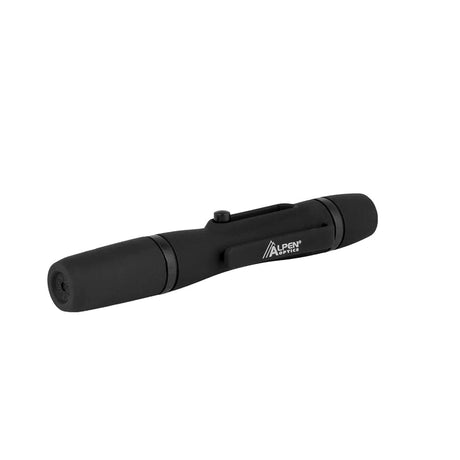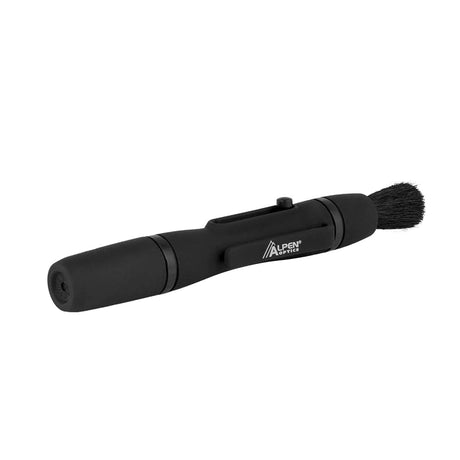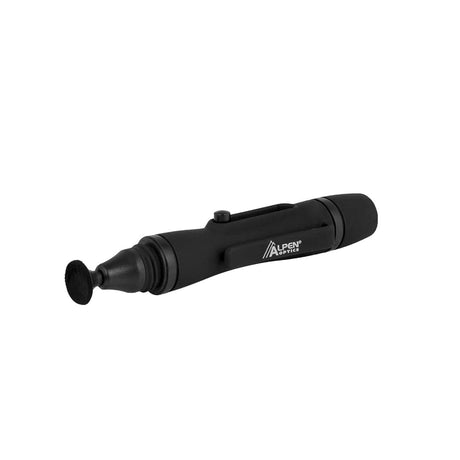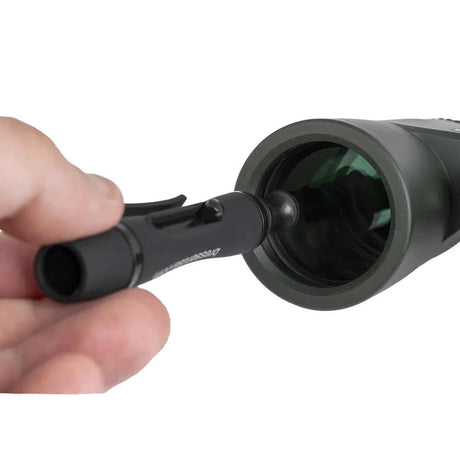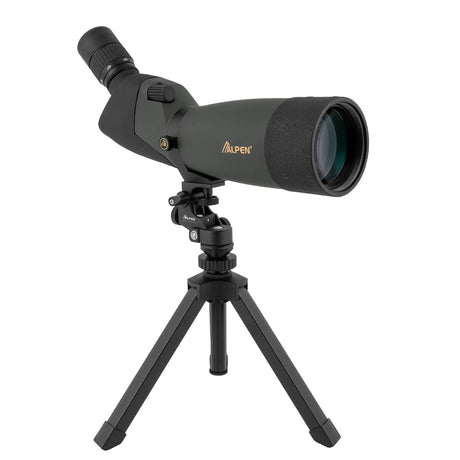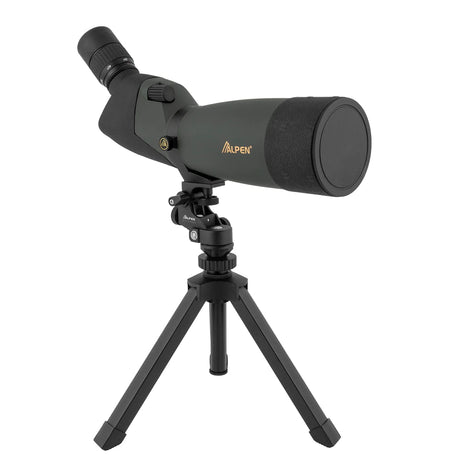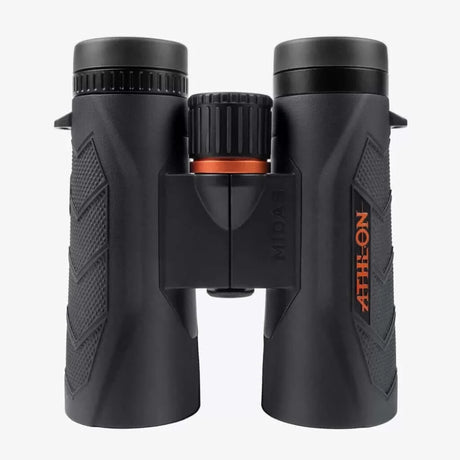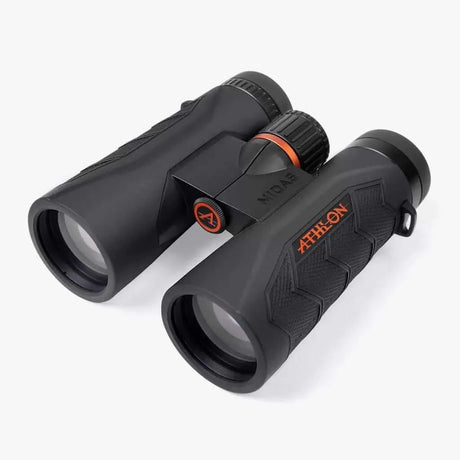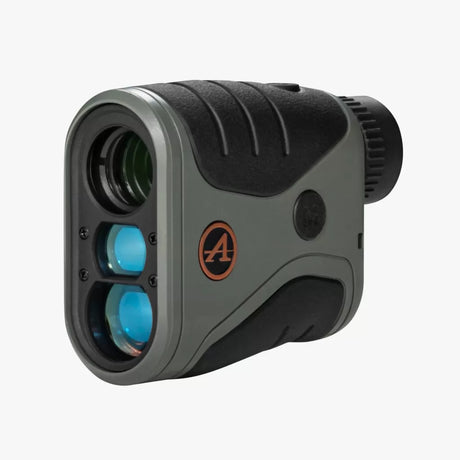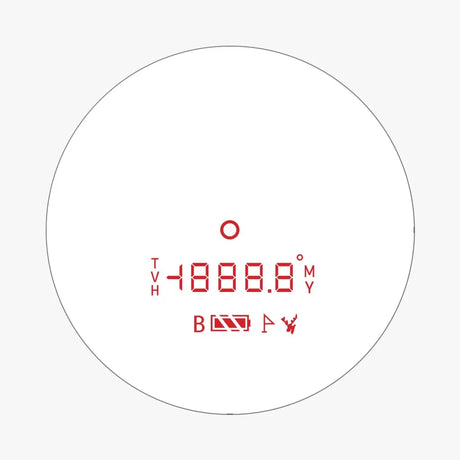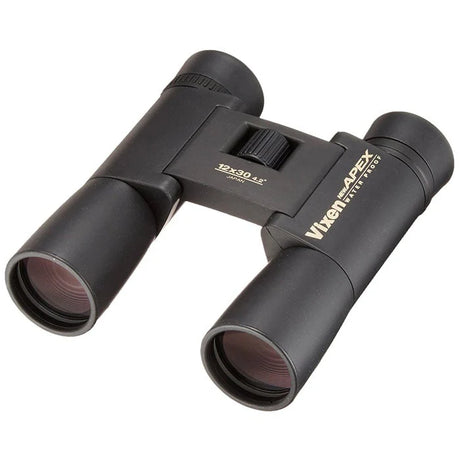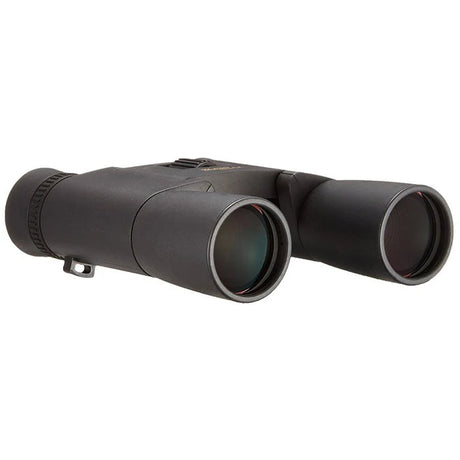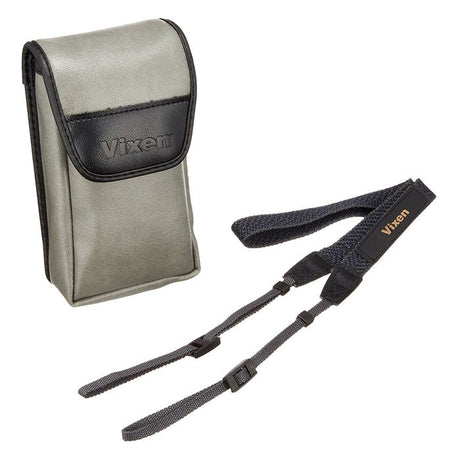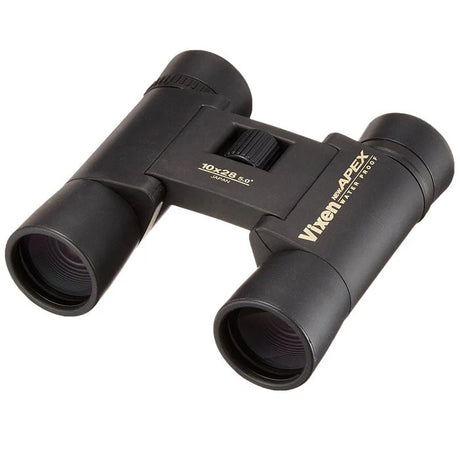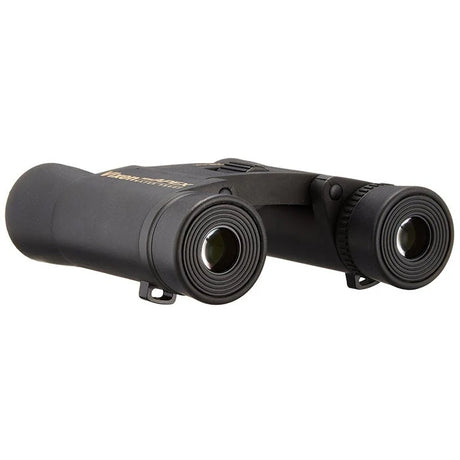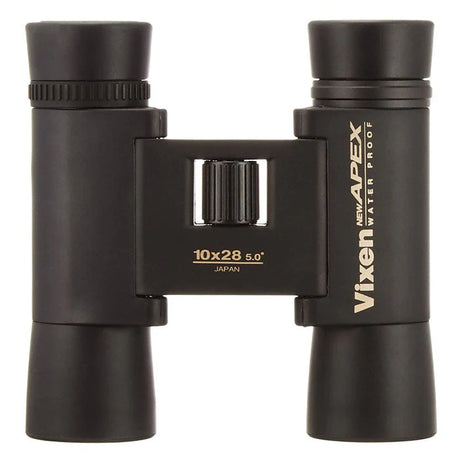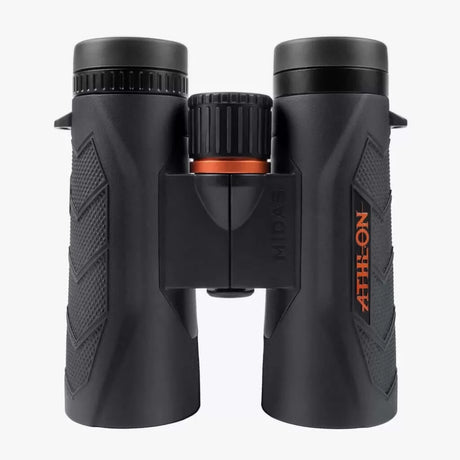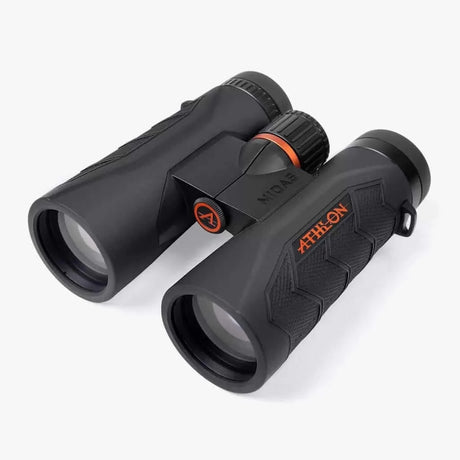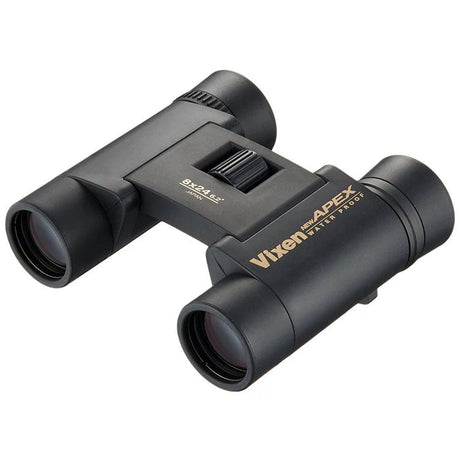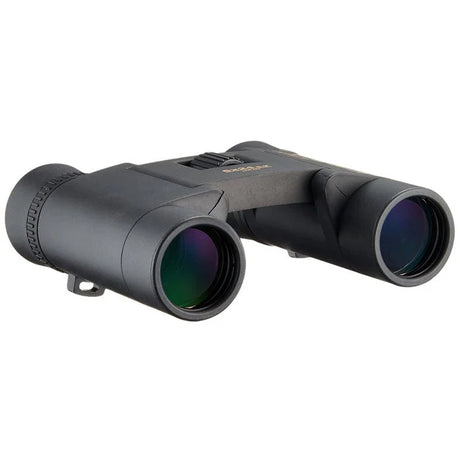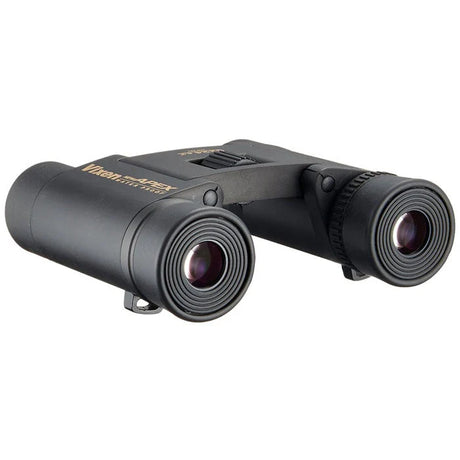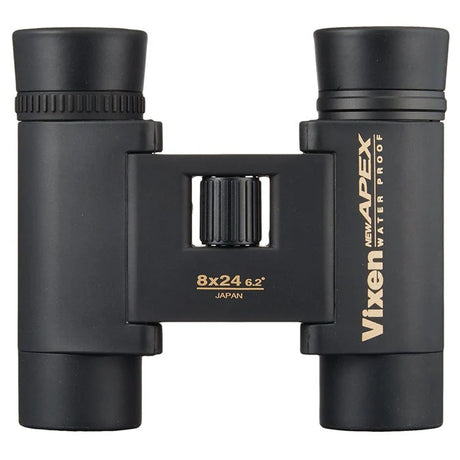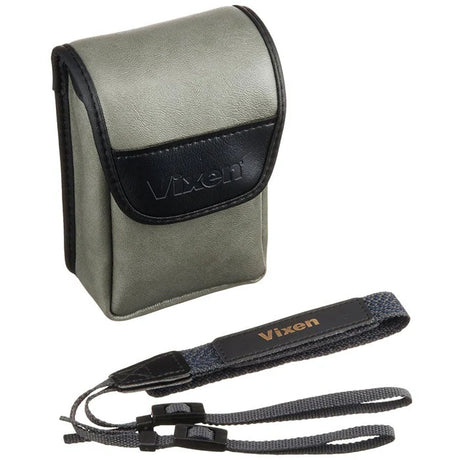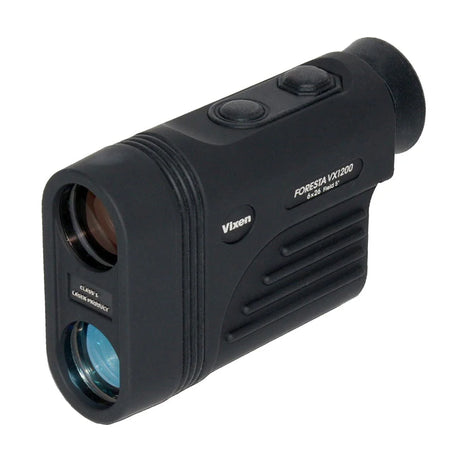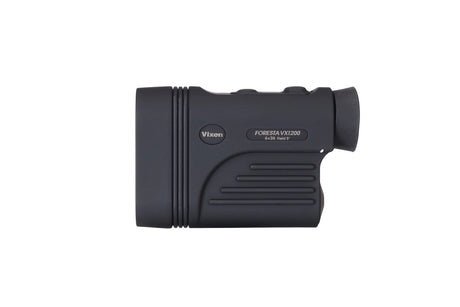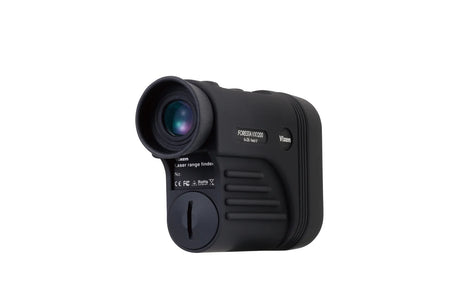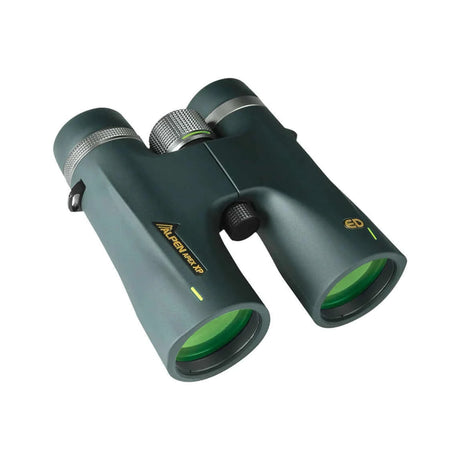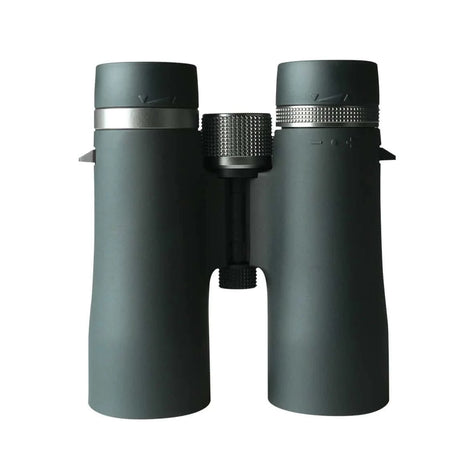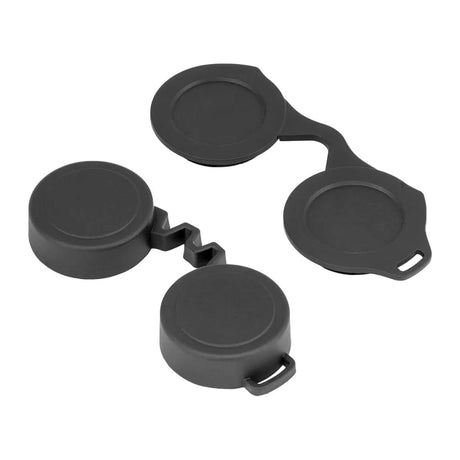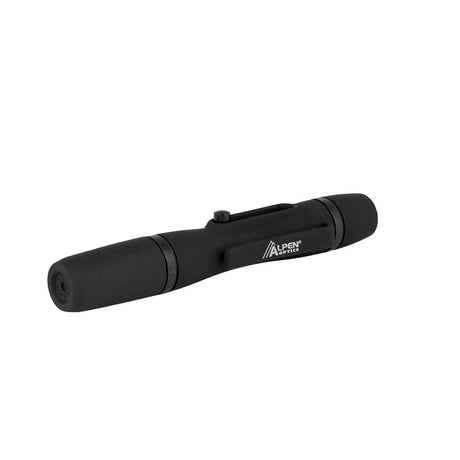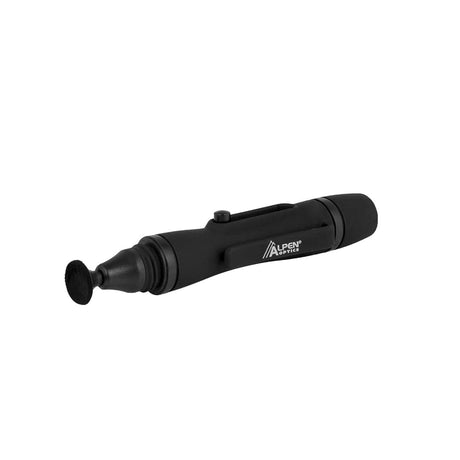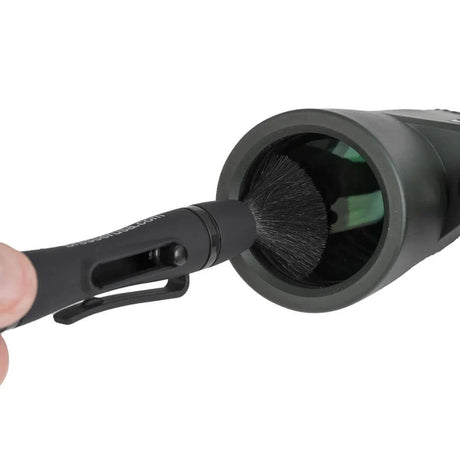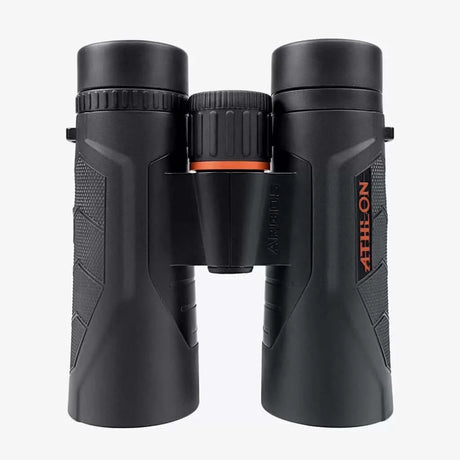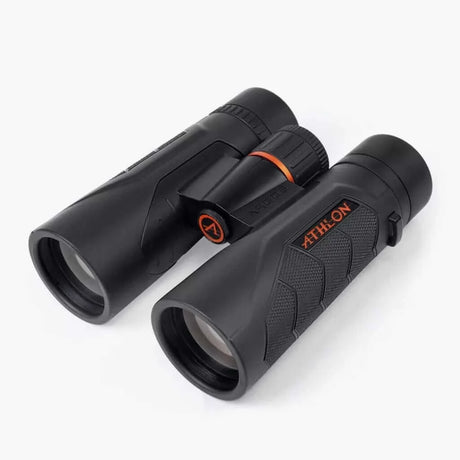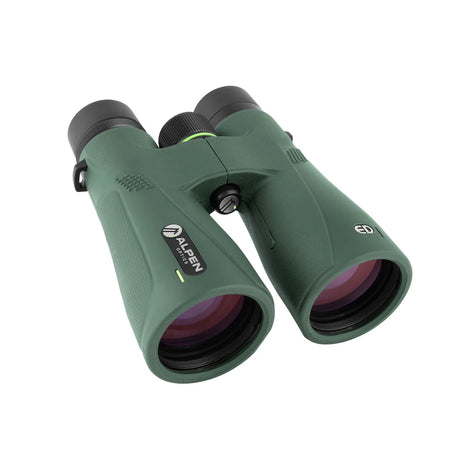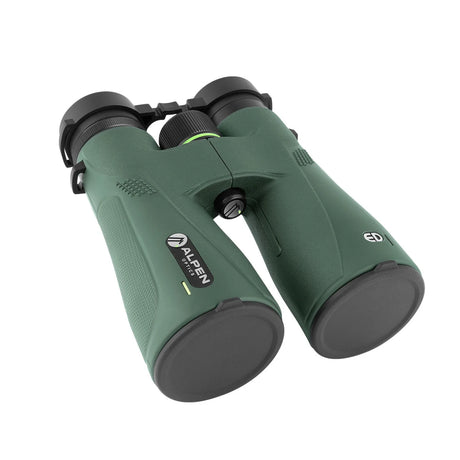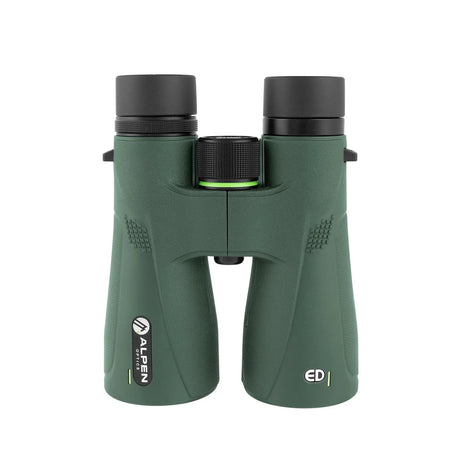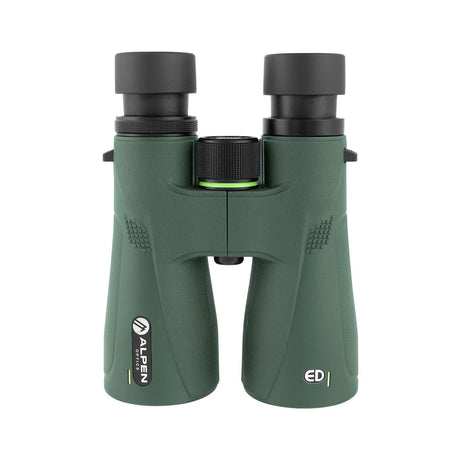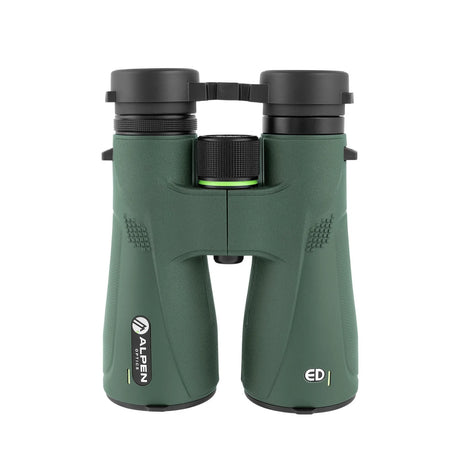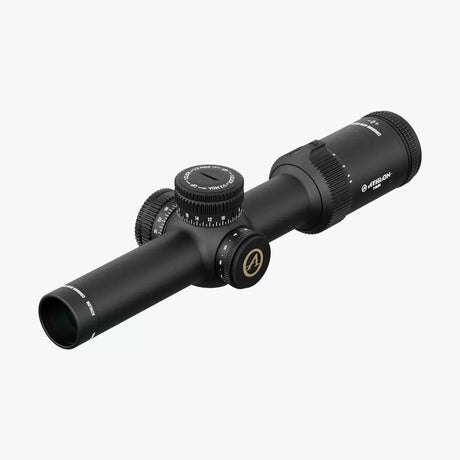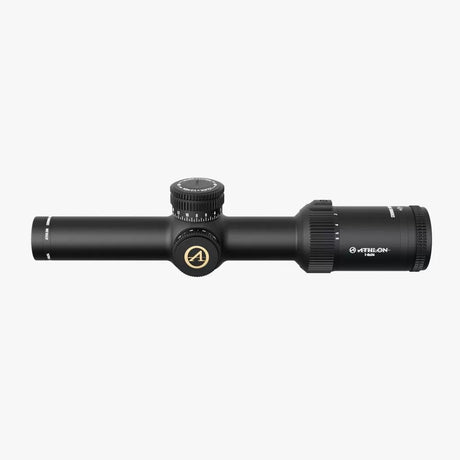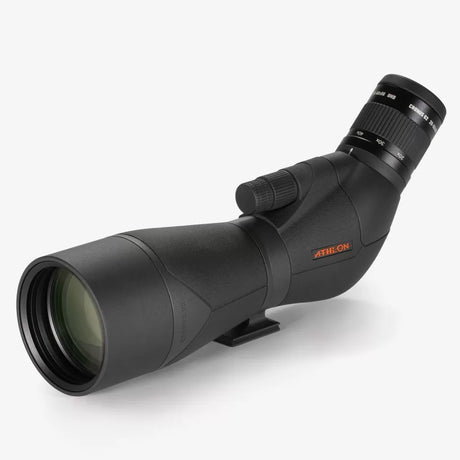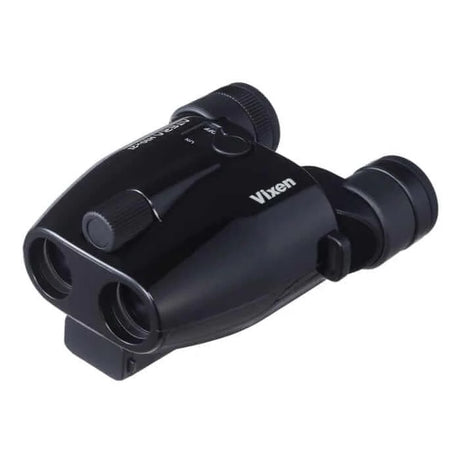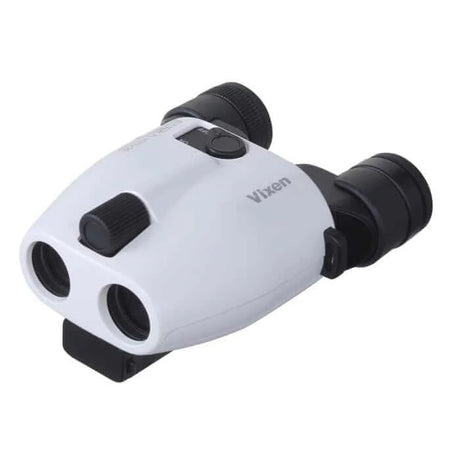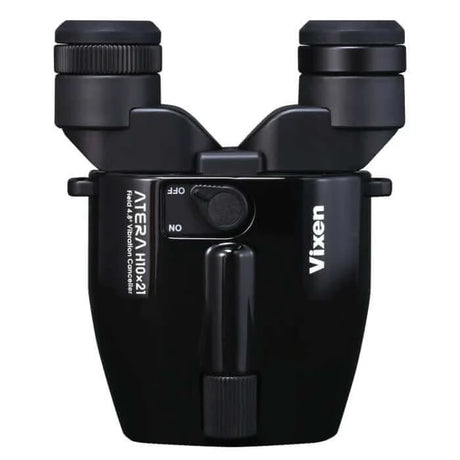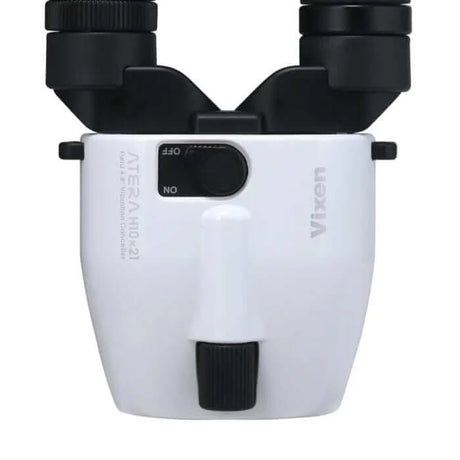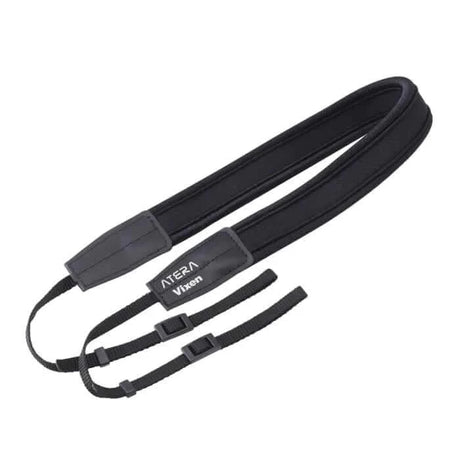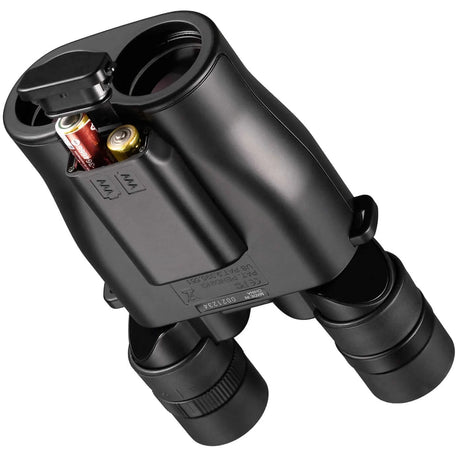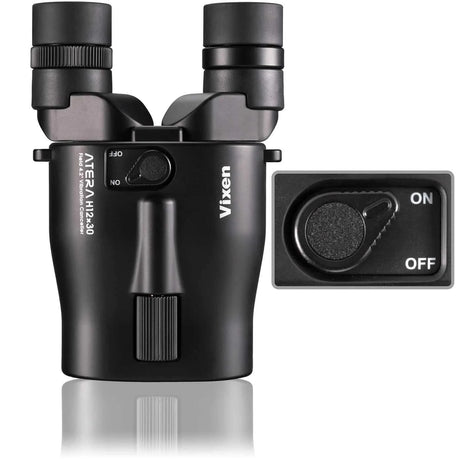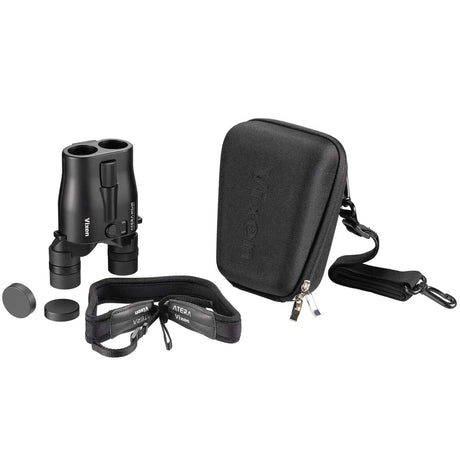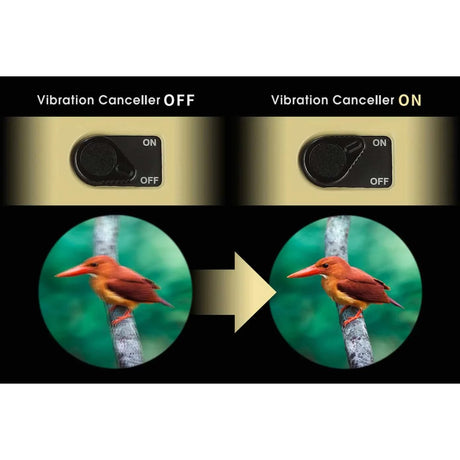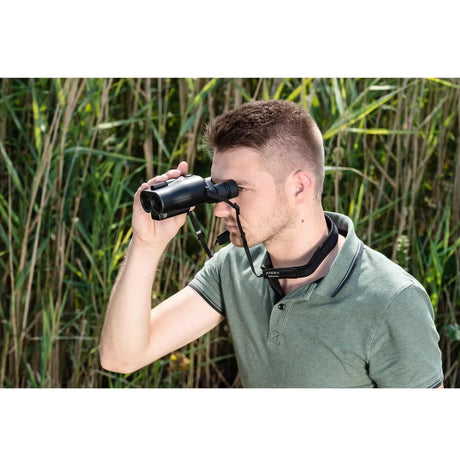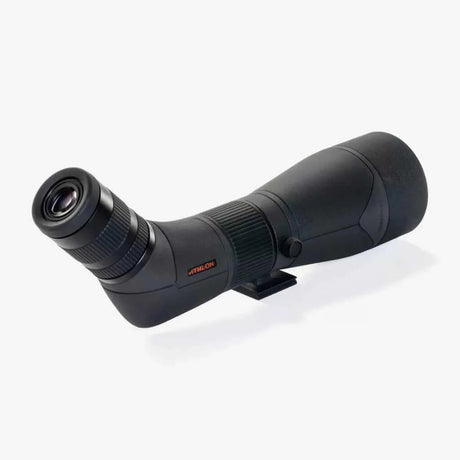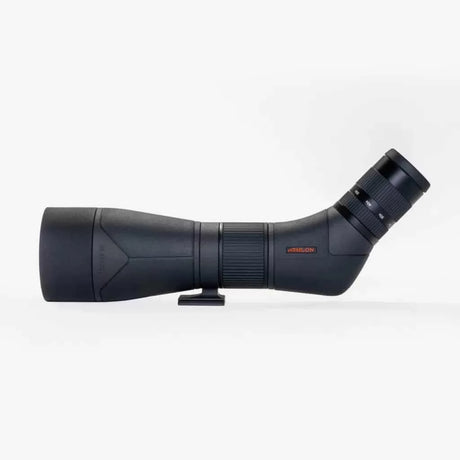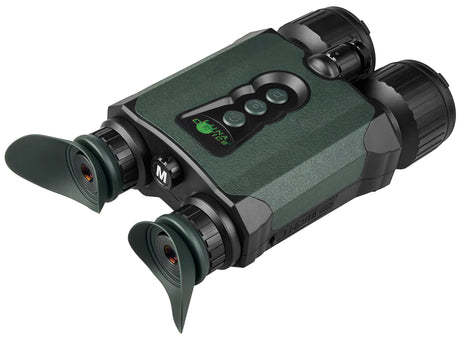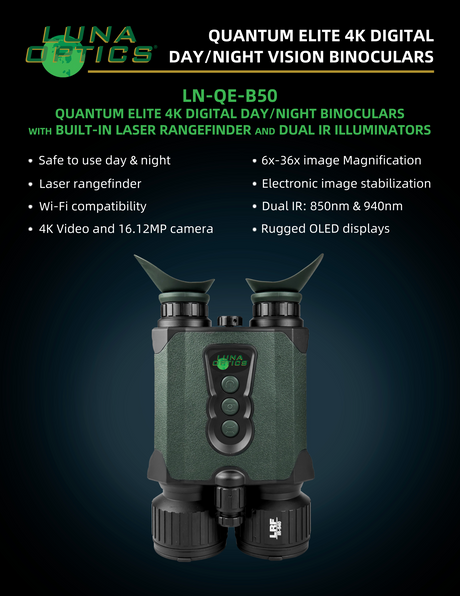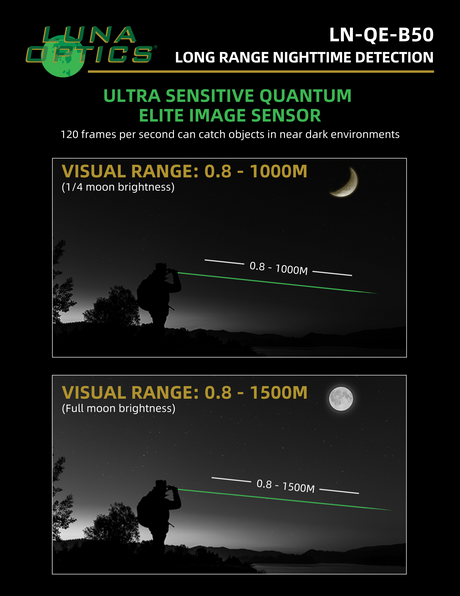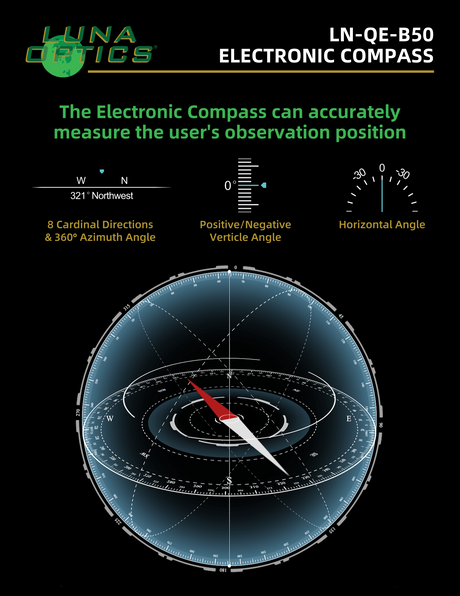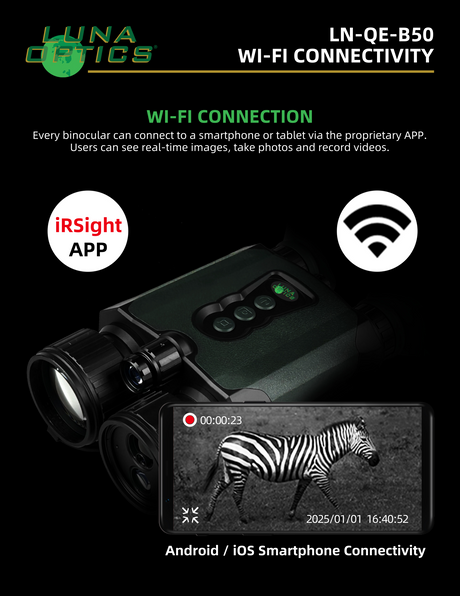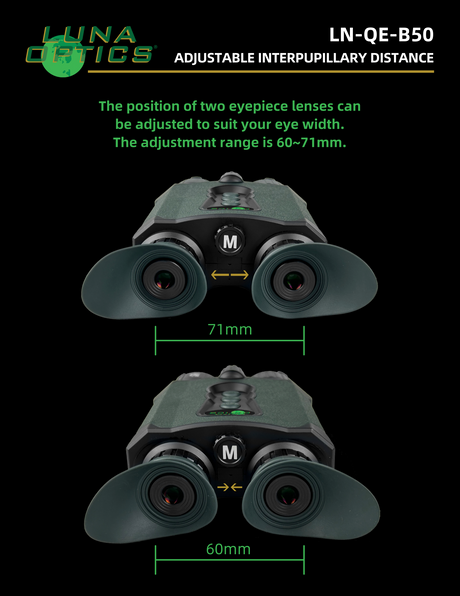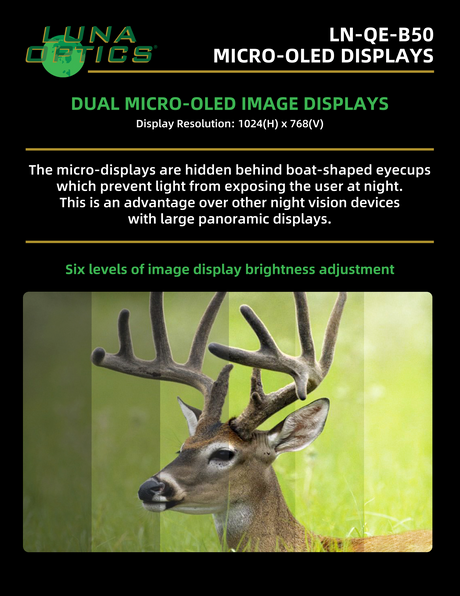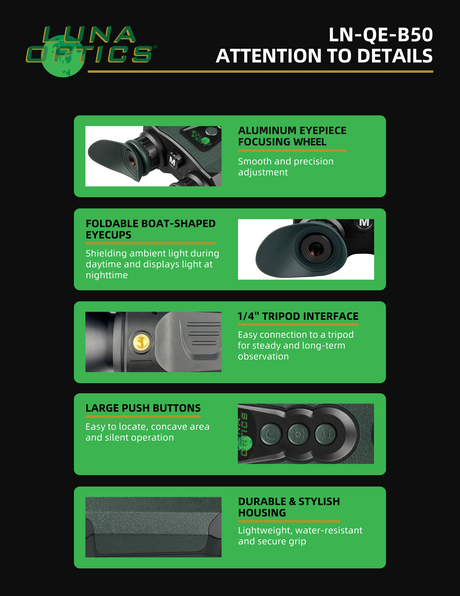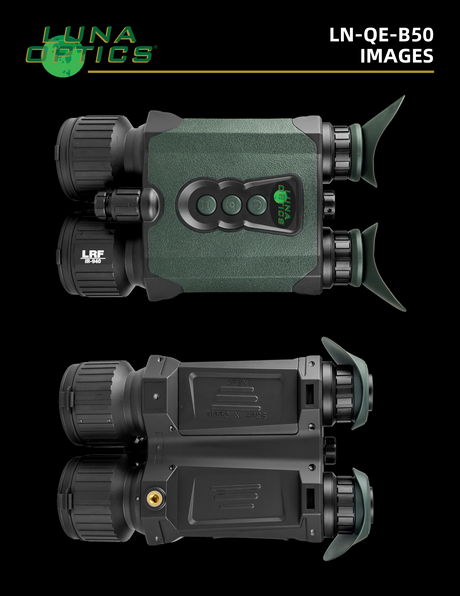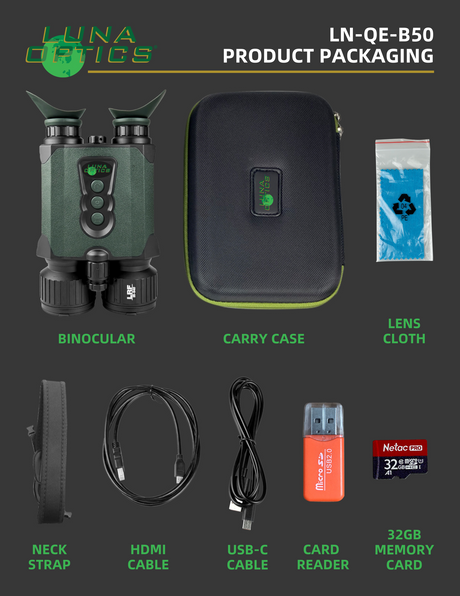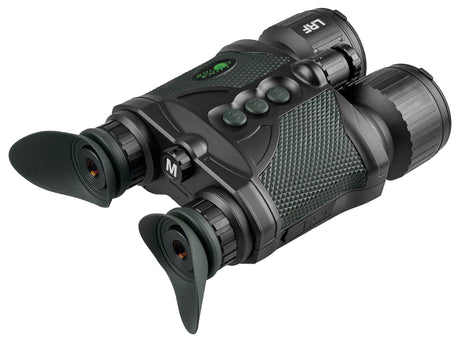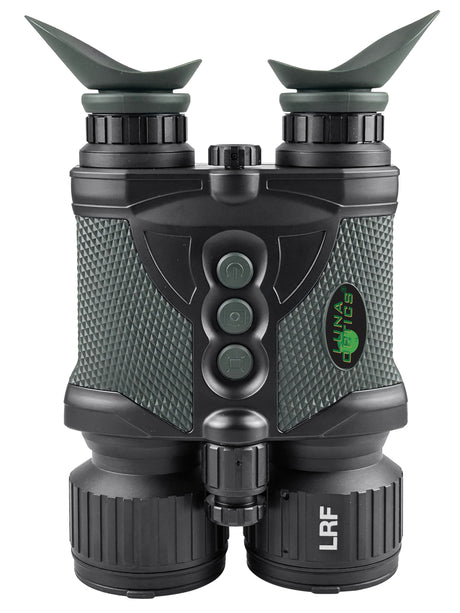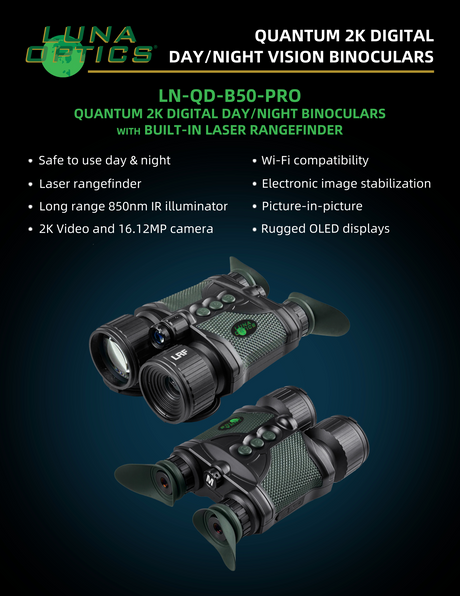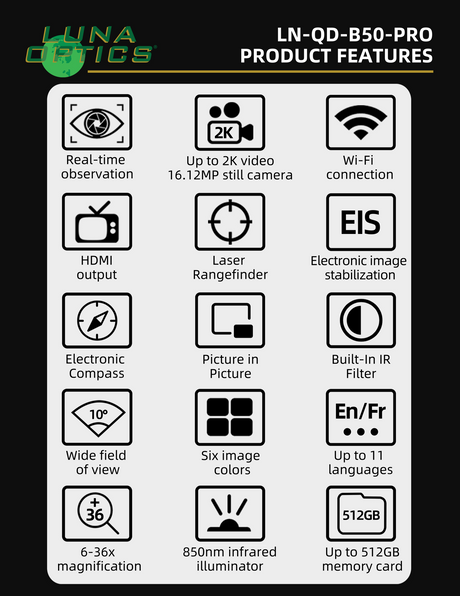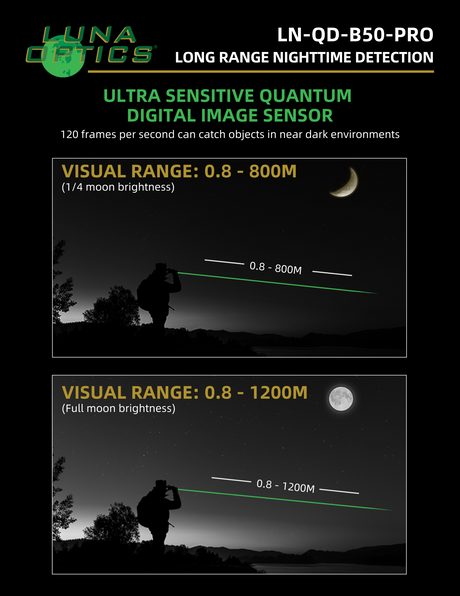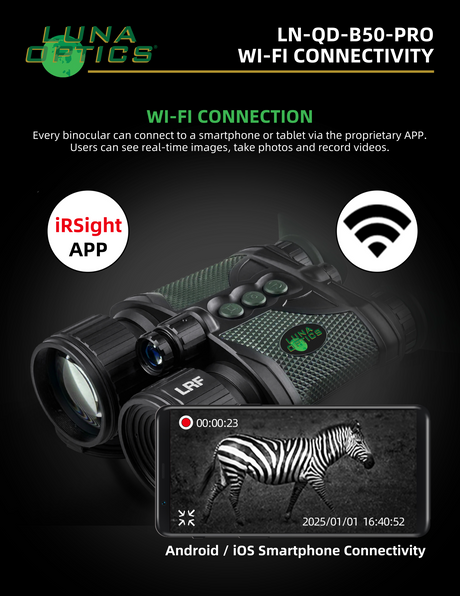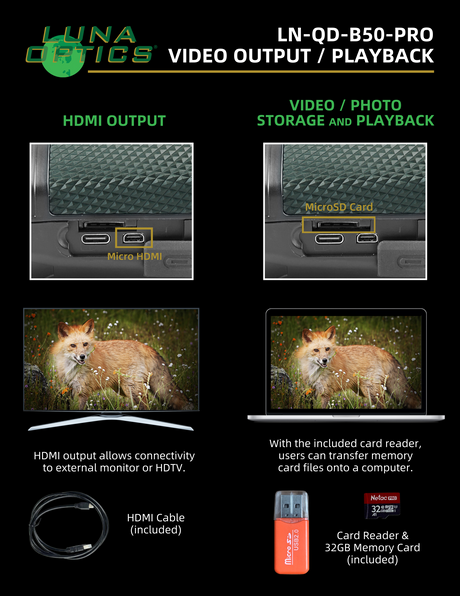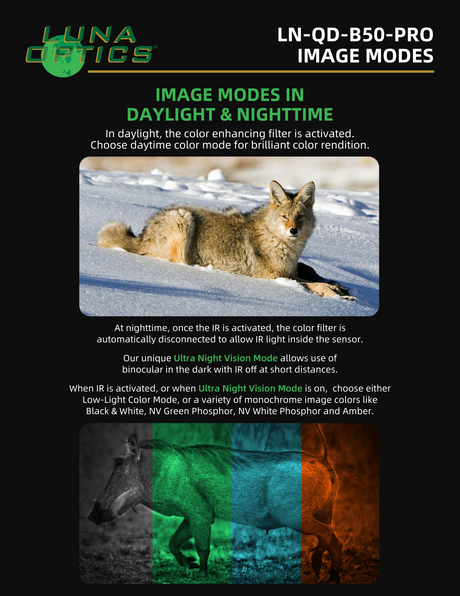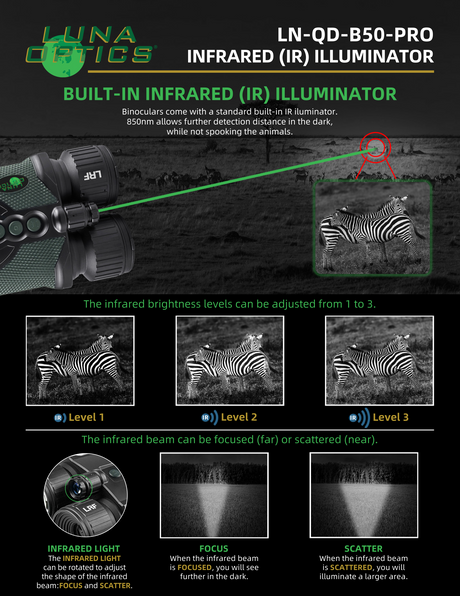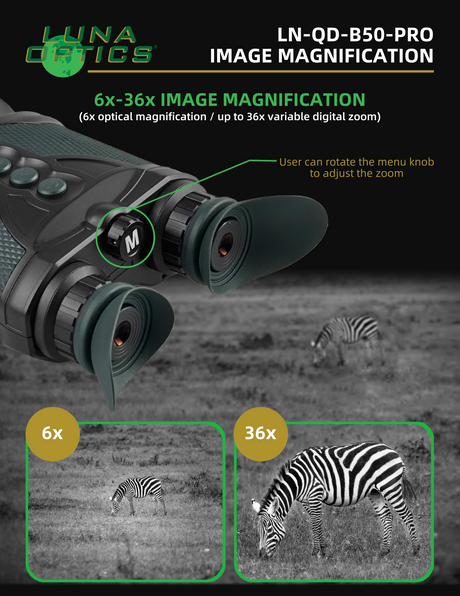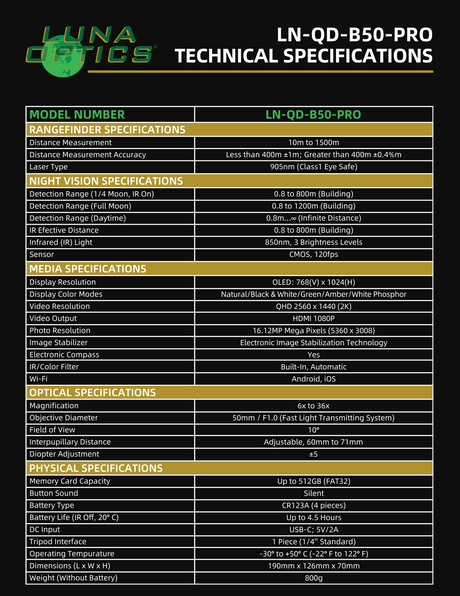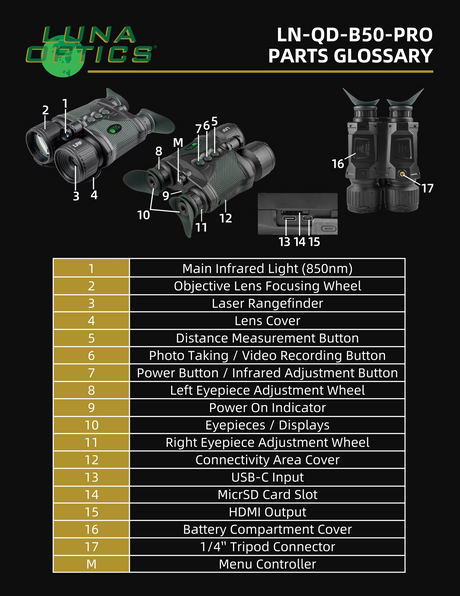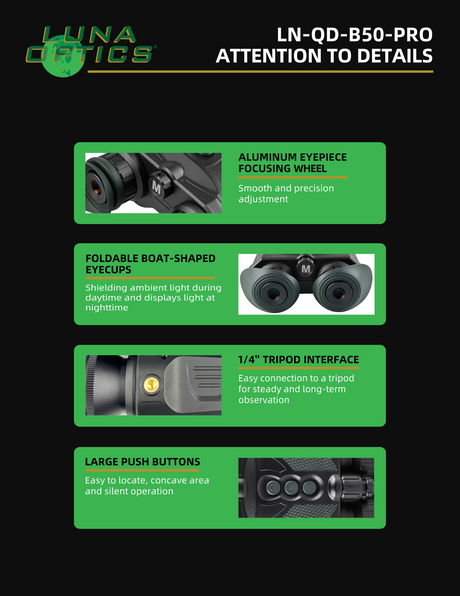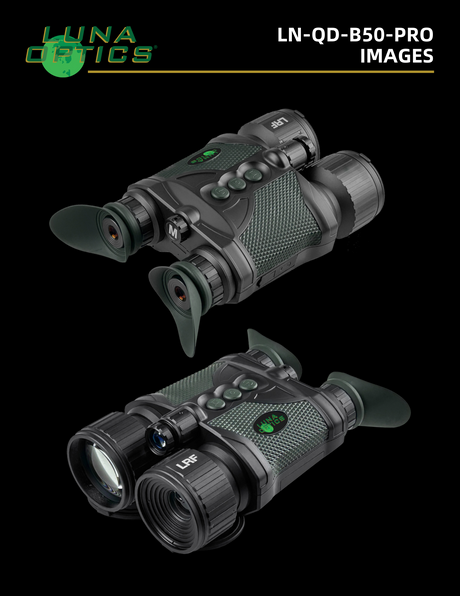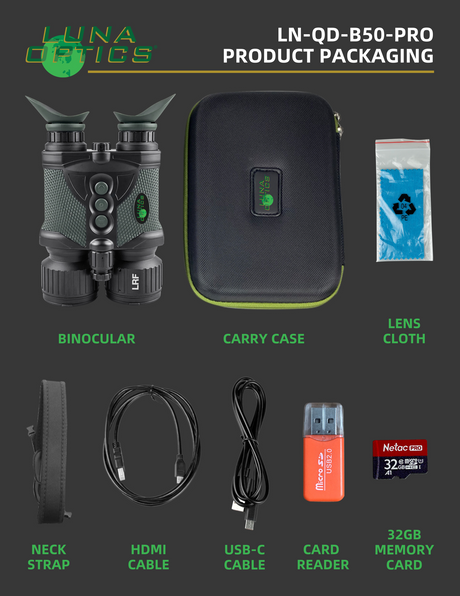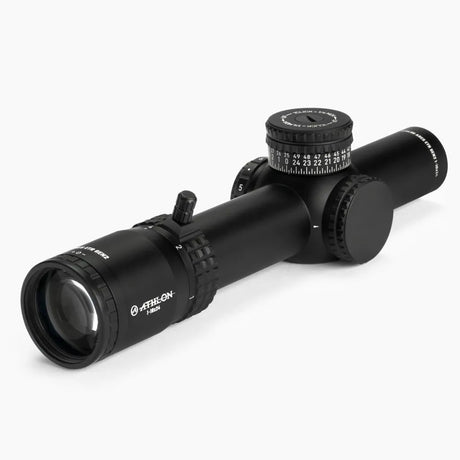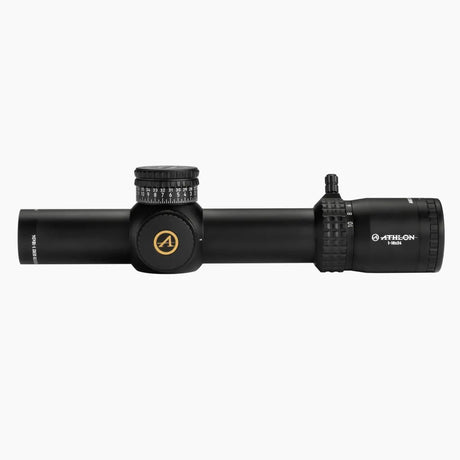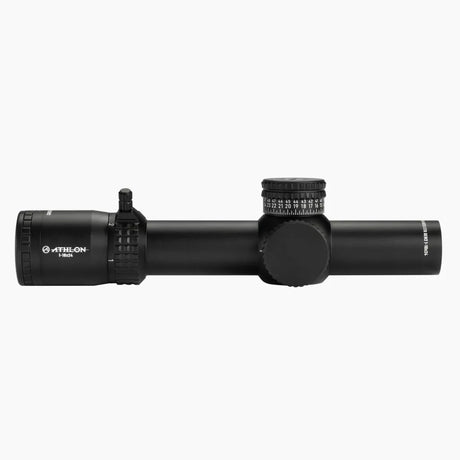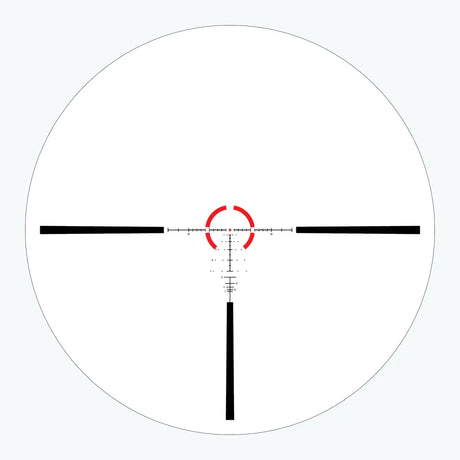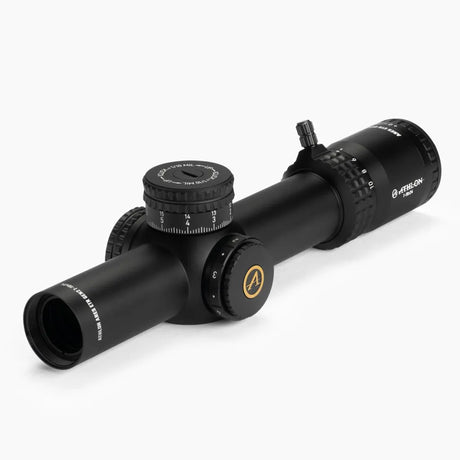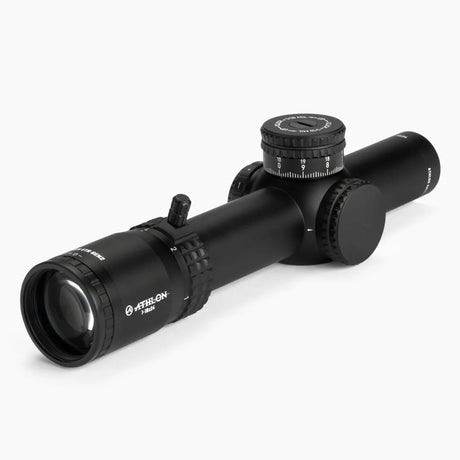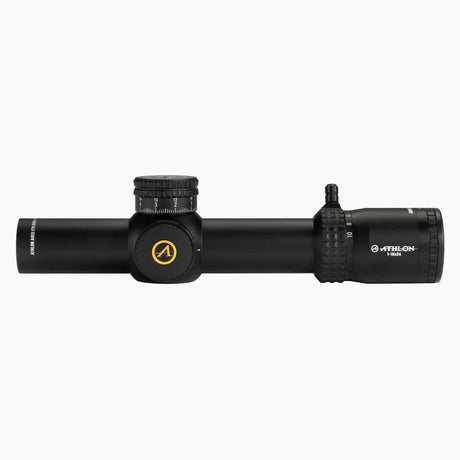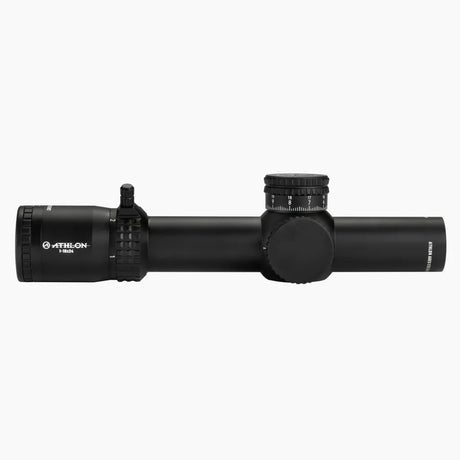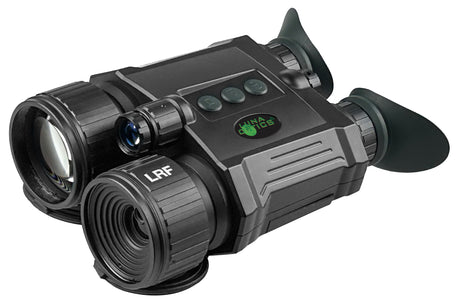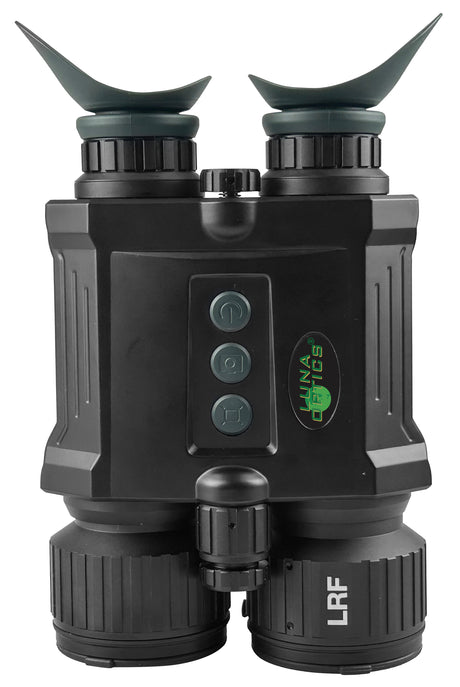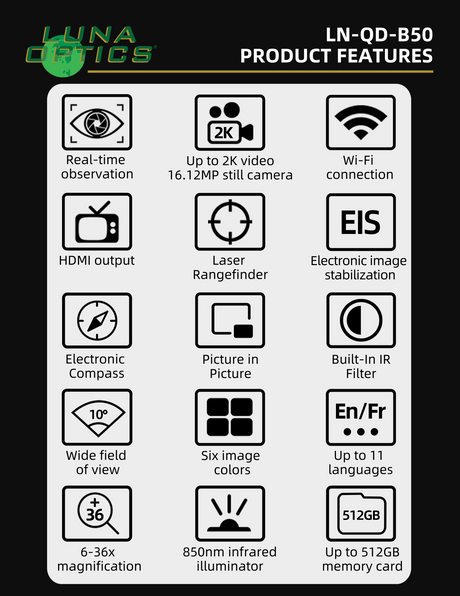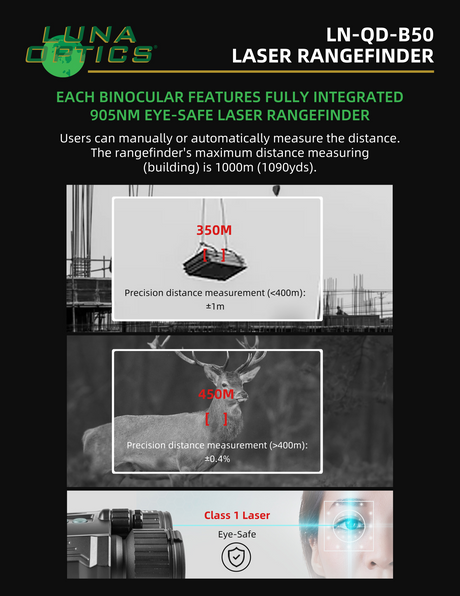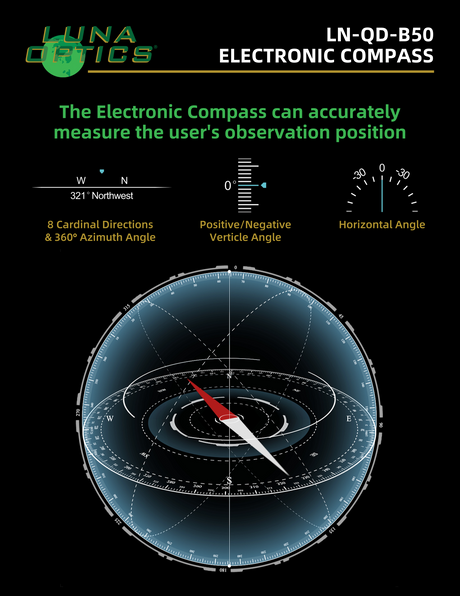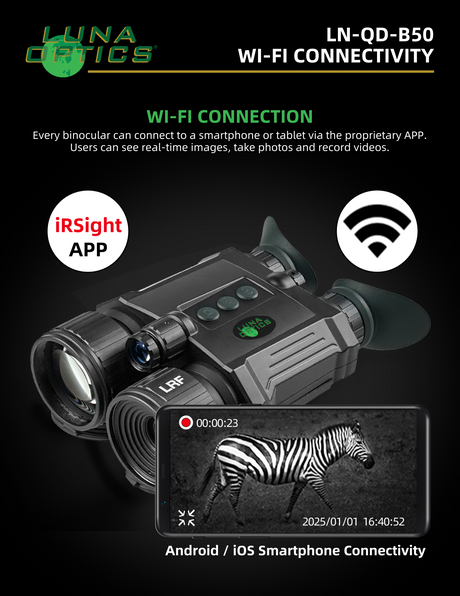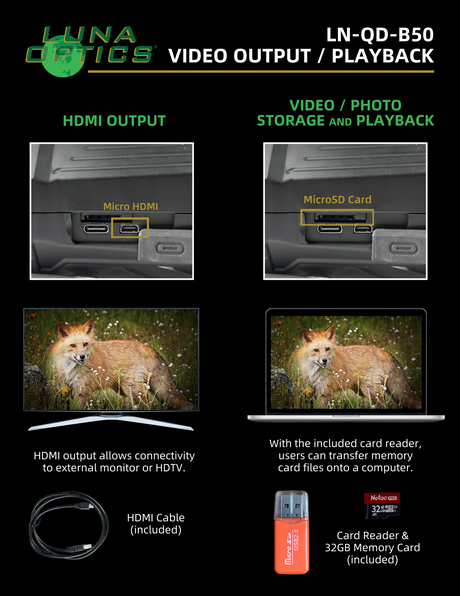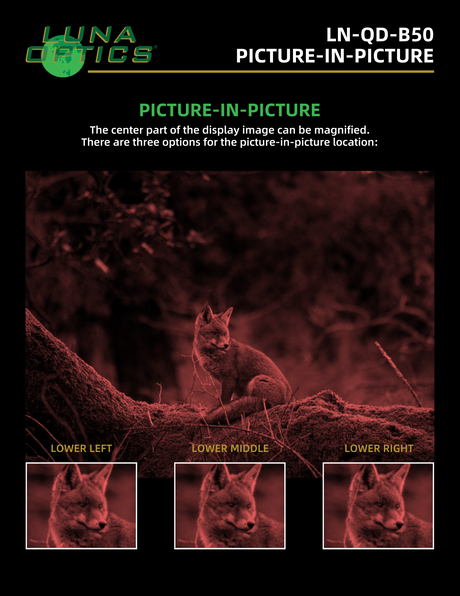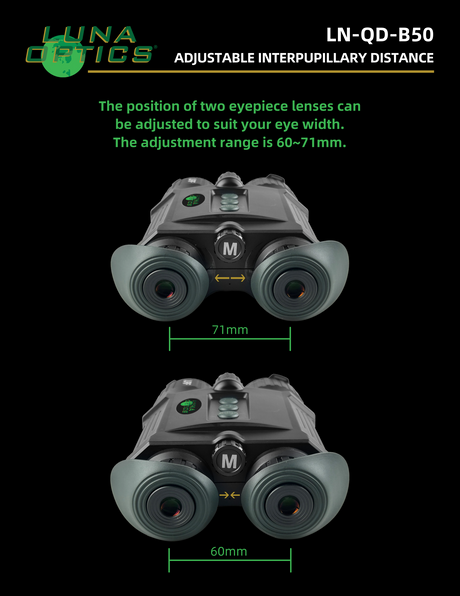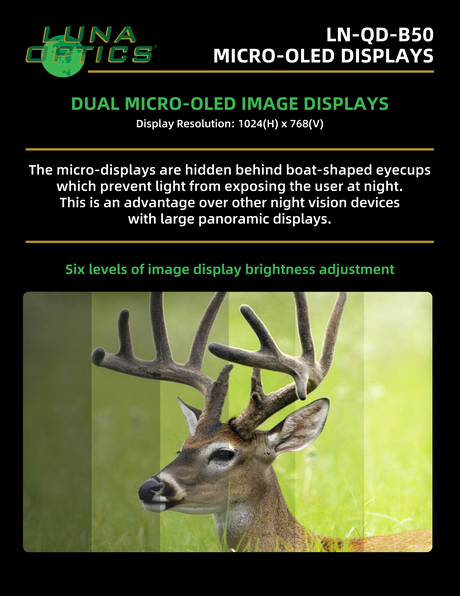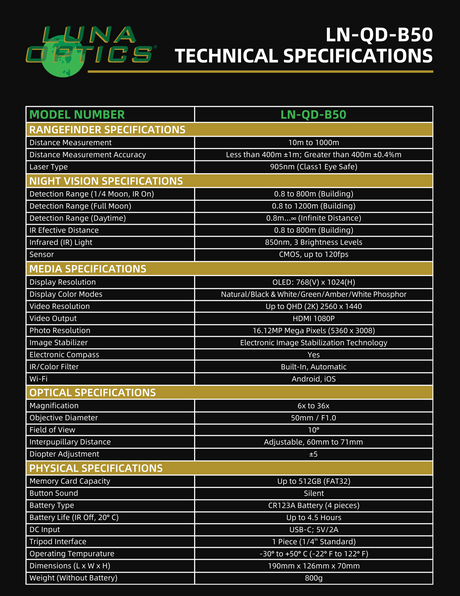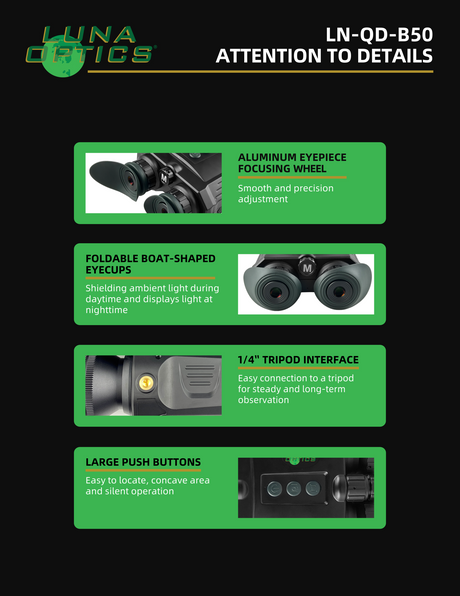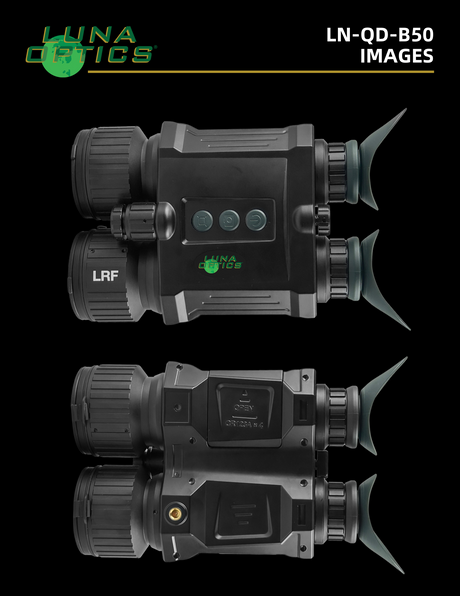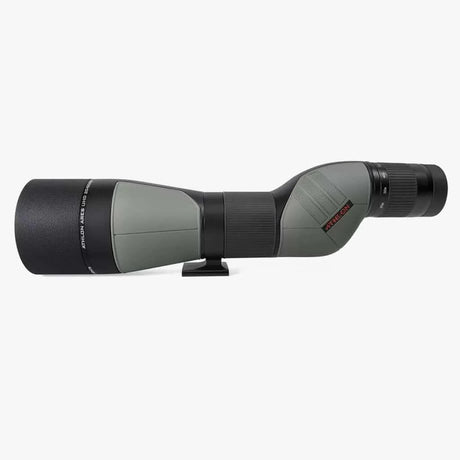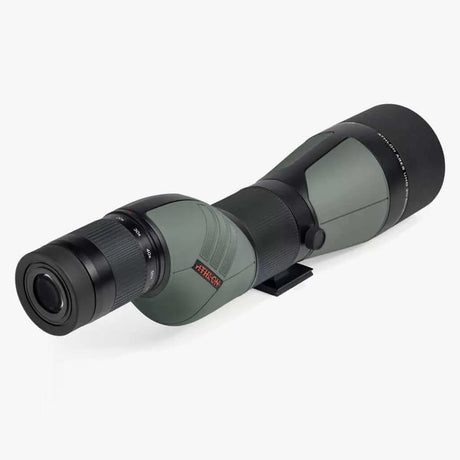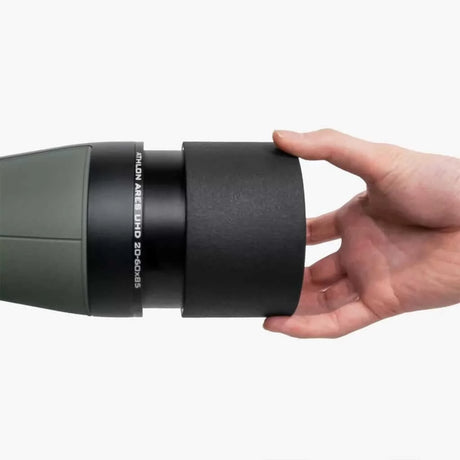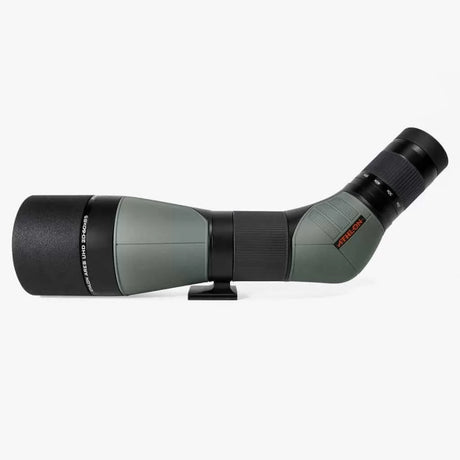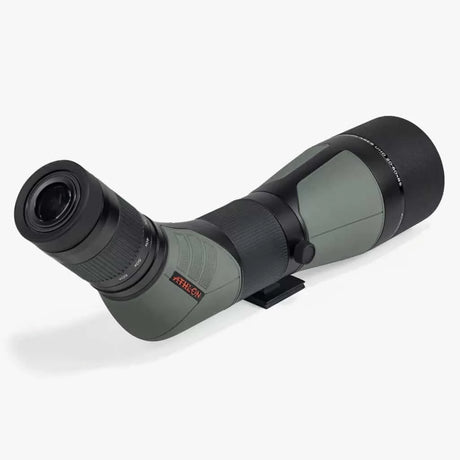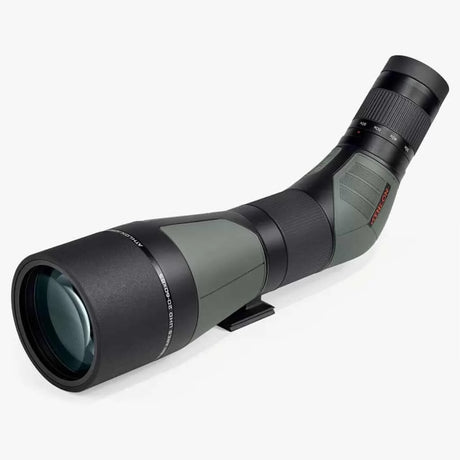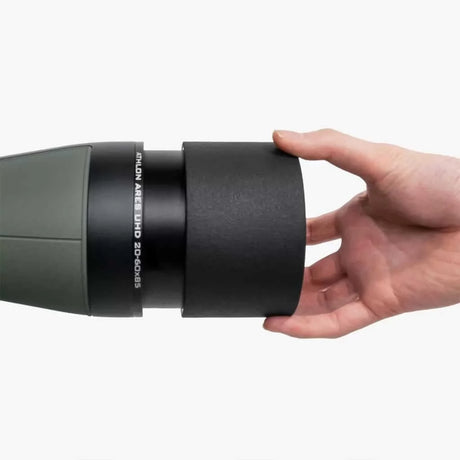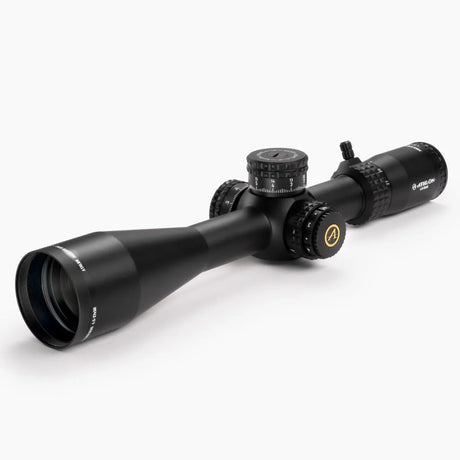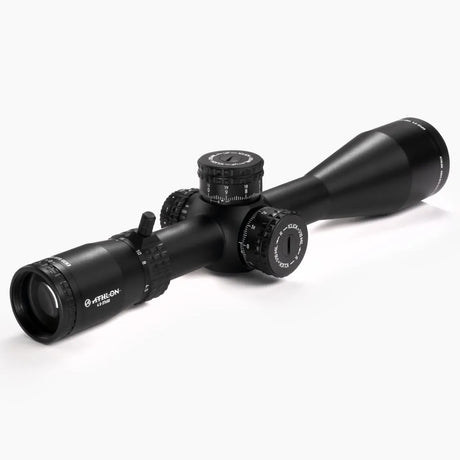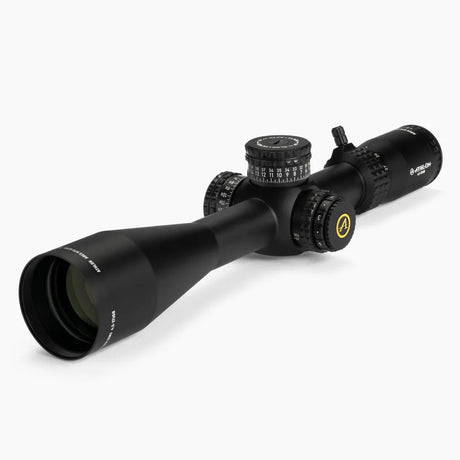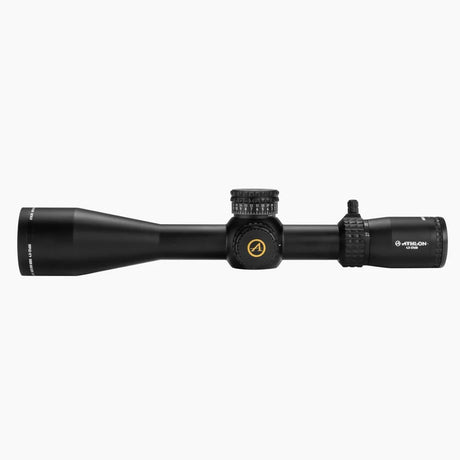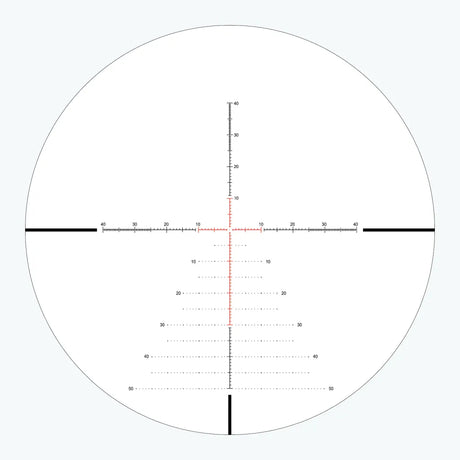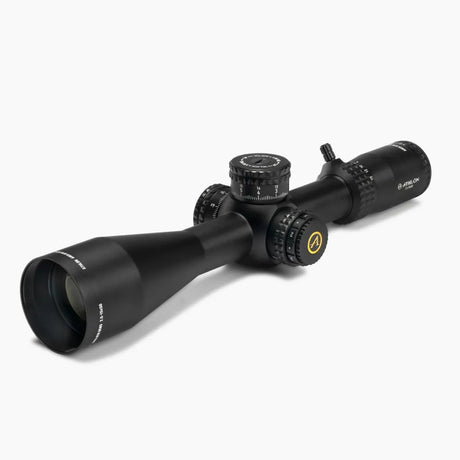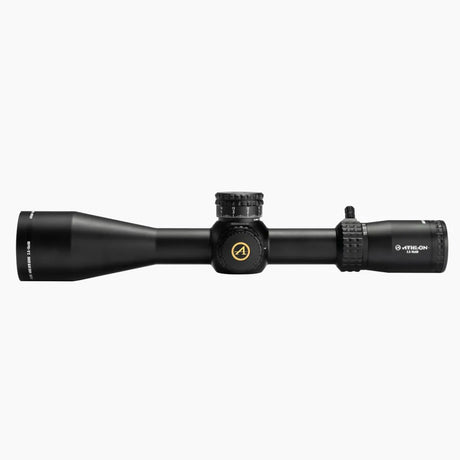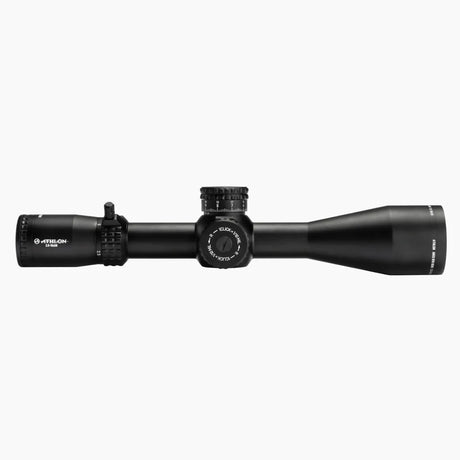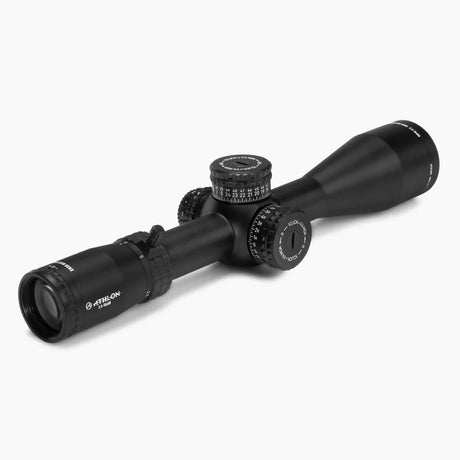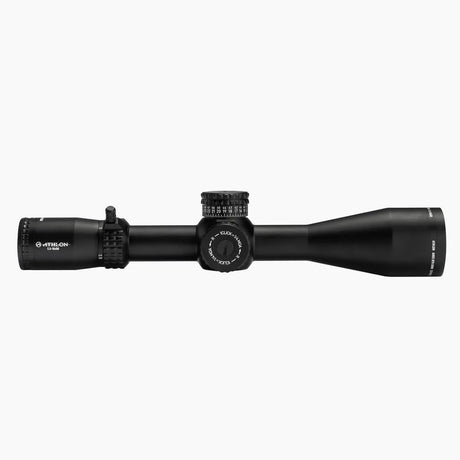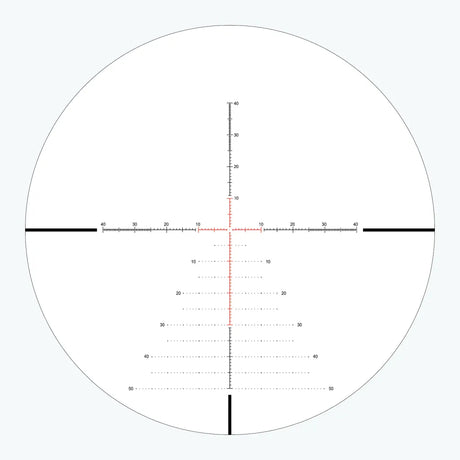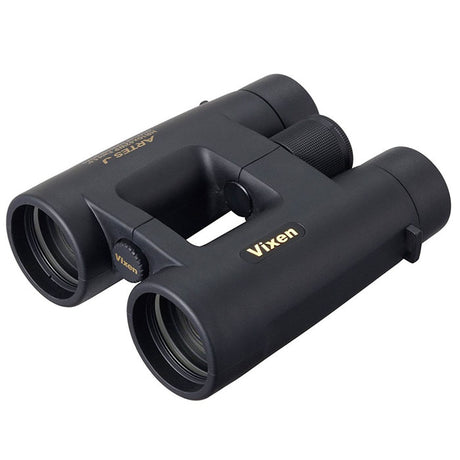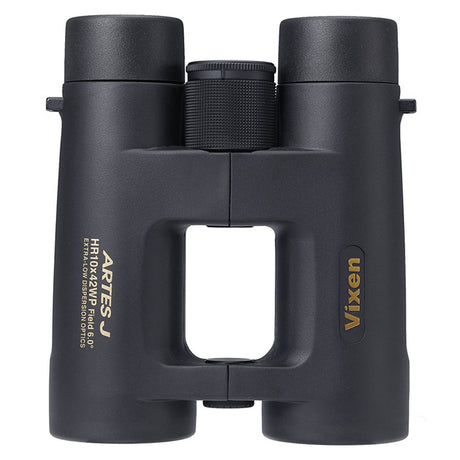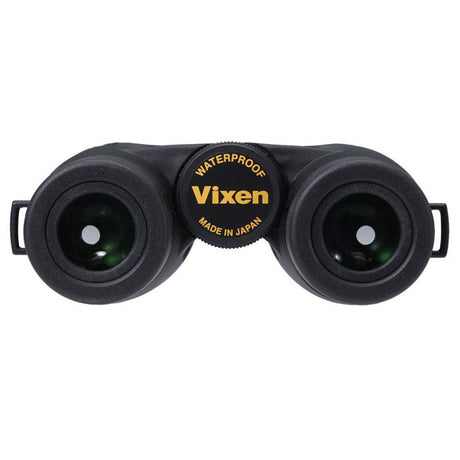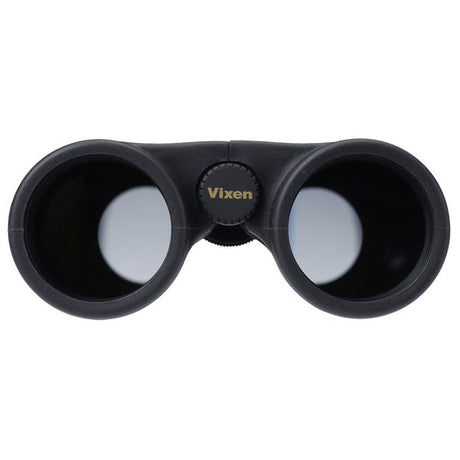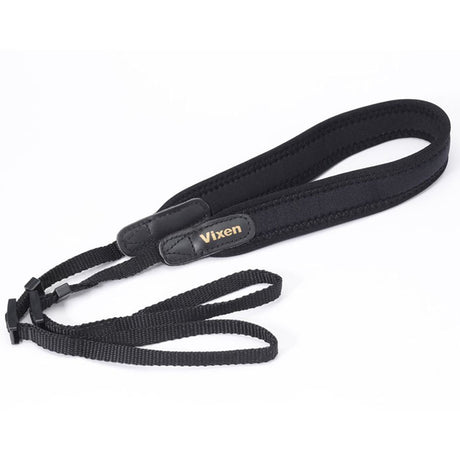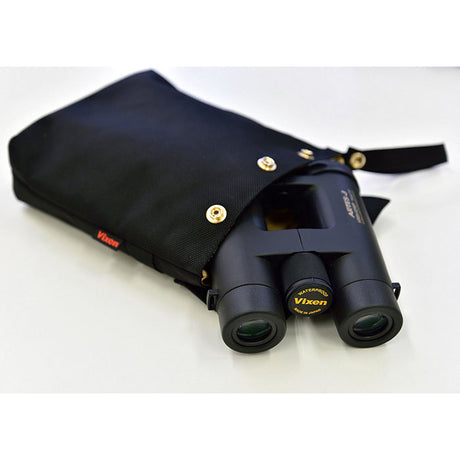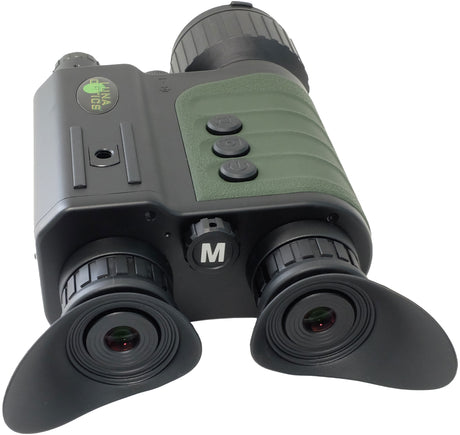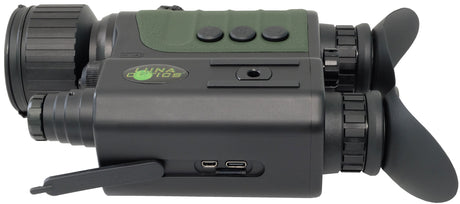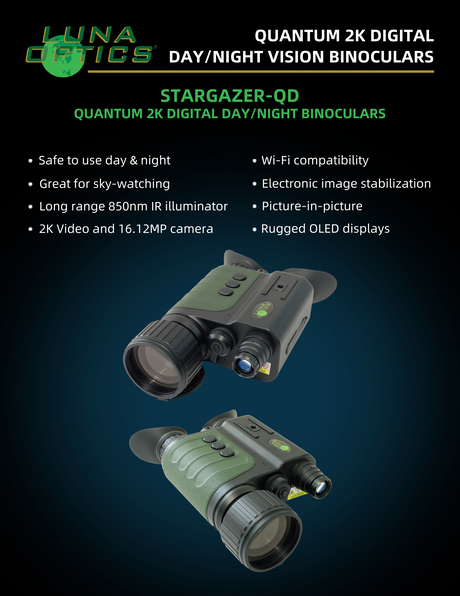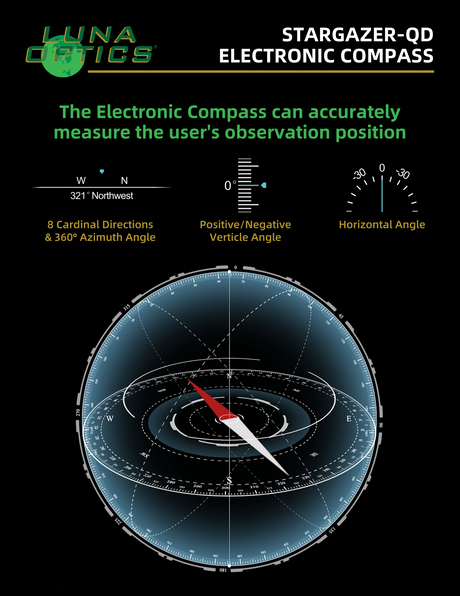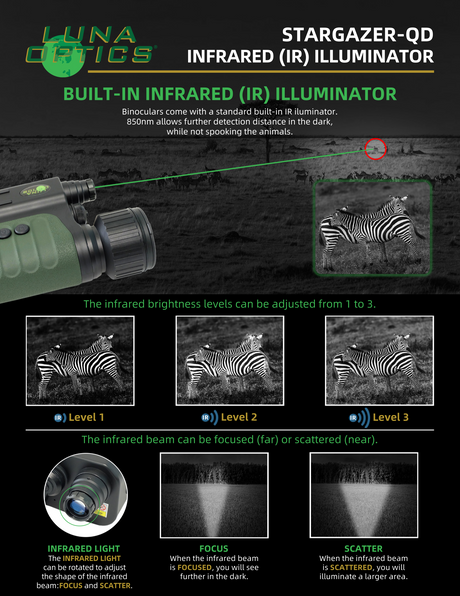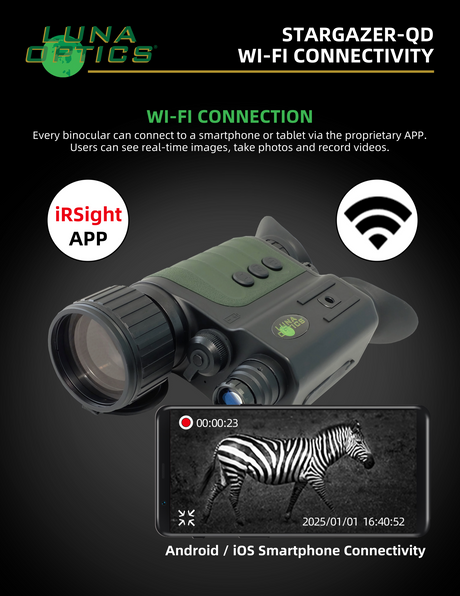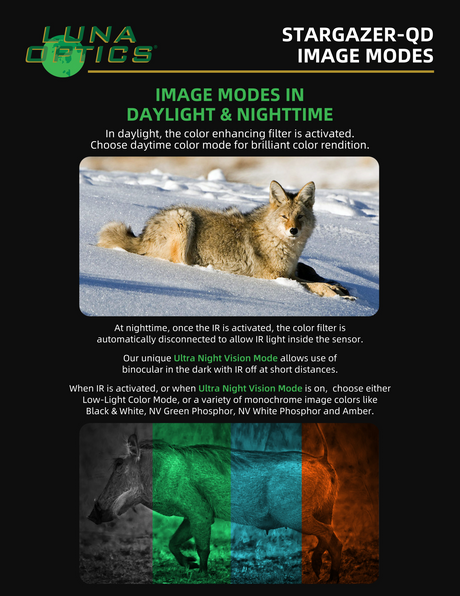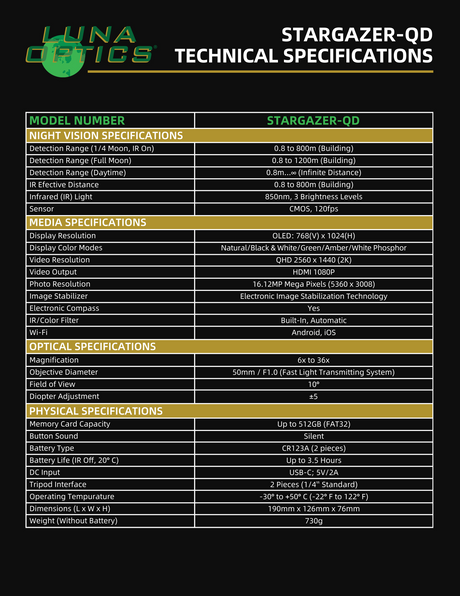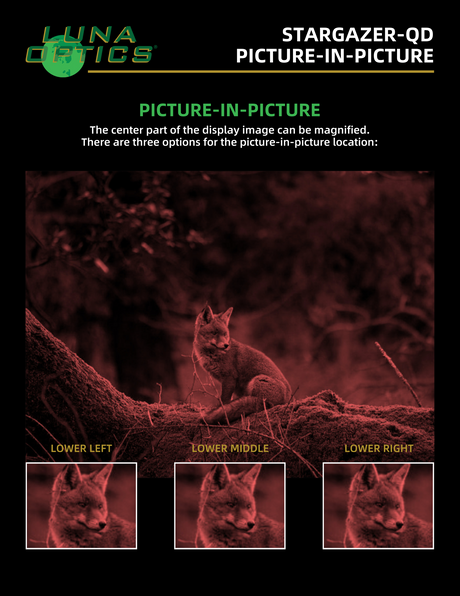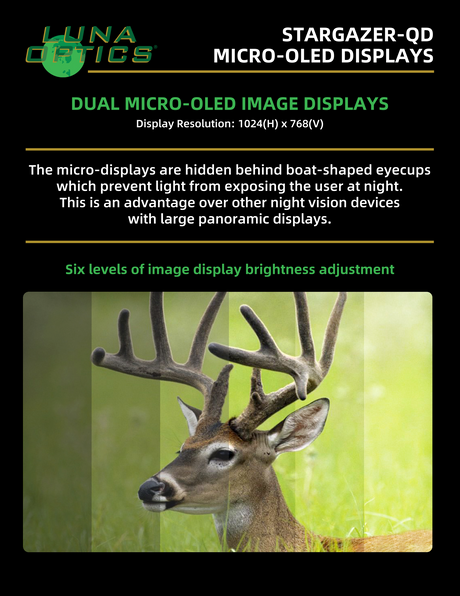Whether you’re birdwatching, hunting, hiking, or just exploring the great outdoors, having the right sport optics can completely change the way you experience things. From spotting a rare bird in the distance to accurately measuring that perfect shot, or even tracking wildlife at night, the right gear can take your adventures to the next level.
If you’re new to sport optics, don’t worry—you’re in the right place! This guide is designed to make it easy for beginners to understand the different types of optics available—binoculars, spotting scopes, rangefinders, and thermal monoculars. We’ll break down what each one is used for, what features really matter, and how to choose the best option based on what you want to do.
By the end, you’ll know exactly what to look for when buying your next pair of binoculars or a high-tech rangefinder. So, let’s get started and find the perfect gear to enhance your view of the world—whether you’re scanning the horizon or measuring your next target.
Types of Sport Optics Explained
Before you dive into buying, it’s important to know the basics of the different types of sport optics. Each one serves a specific purpose and can enhance your outdoor experience in its own way. Here’s a quick rundown of the main options:
Binoculars: Your Go-To for Versatility
Binoculars are probably the most common and versatile type of sport optics. Whether you’re birdwatching, hunting, hiking, or attending a sporting event, a good pair of binoculars lets you get a closer look at what’s far away. They’re easy to carry around, come in different sizes and magnifications, and work well in most outdoor conditions.
- Best for: Birdwatching, wildlife viewing, hiking, general outdoor activities.
- Key features: Magnification, lens size, portability, and field of view.
Spotting Scopes: The Power of Long-Range Viewing
Spotting scopes are like the big brother of binoculars. They offer much higher magnification, making them ideal for viewing things at a long distance. They’re often used for activities like birdwatching from afar, hunting, or target shooting where you need to see small details from a great distance. Spotting scopes are usually mounted on tripods for stability since their high magnification can make handheld use tricky.
- Best for: Long-distance viewing, birdwatching, hunting, target shooting.
- Key features: Magnification, lens size, zoom capability, and tripod compatibility.
Rangefinders: Precision in the Palm of Your Hand
Rangefinders are all about measuring distance. Whether you’re hunting, playing golf, or shooting targets, a rangefinder helps you quickly and accurately figure out how far away something is. They use lasers to measure distance and are usually compact, so they’re easy to carry. Some rangefinders even come with advanced features like angle compensation to help you account for elevation changes.
- Best for: Hunting, golf, target shooting.
- Key features: Distance range, accuracy, magnification, and angle compensation.
Thermal Monoculars: See the Heat
Thermal monoculars are a bit more high-tech. They use infrared technology to detect heat signatures, allowing you to see animals, people, or objects in total darkness. This makes them especially useful for hunting at night or spotting wildlife that might otherwise be hidden. Thermal monoculars are also used for search-and-rescue operations because they can detect body heat even through obstacles like fog or brush.
- Best for: Nighttime hunting, wildlife observation, search and rescue.
- Key features: Detection range, image quality, resolution, and battery life.
Key Factors to Consider When Buying Sport Optics
Now that you know the different types of sport optics, it’s time to think about what matters most when making a purchase. Whether you're looking at binoculars, spotting scopes, rangefinders, or thermal monoculars, there are a few key factors to keep in mind to make sure you’re choosing the right one for your needs.
1. Magnification: How Much Zoom Do You Need?
Magnification refers to how much closer an object appears when viewed through your optics. It’s usually shown as the first number in the description (e.g., 10x42 binoculars have 10x magnification).
- Why it matters: More magnification isn’t always better. Higher magnification (like 10x or more) can give you a closer look but also narrows your field of view and makes the image more sensitive to hand shake. For most outdoor activities, 8x to 10x is a good range for binoculars. Spotting scopes, however, often have much higher magnification (like 20x to 60x) for long-distance viewing.
2. Objective Lens Size: Brightness and Clarity
The objective lens is the second number in optics specs (e.g., 10x42 binoculars have a 42mm objective lens). This lens size determines how much light your optics can gather, which affects how bright and clear your view is, especially in low light conditions.
- Why it matters: Larger objective lenses (like 42mm or 50mm) allow more light in, giving you brighter and sharper images, especially at dawn, dusk, or in cloudy conditions. However, larger lenses also make the optics heavier and bulkier. For most casual use, 40mm to 50mm is a good balance for binoculars, while spotting scopes may go up to 60mm to 80mm.
3. Field of View (FOV): How Much You Can See
Field of view is how wide an area you can see through your optics, typically measured in feet at 1,000 yards. A wide field of view makes it easier to locate moving objects, like birds or wildlife, without constantly adjusting your aim.
- Why it matters: If you're birdwatching or scanning wide landscapes, a wider FOV is helpful. Lower magnification generally gives you a wider FOV, while higher magnification narrows it. For binoculars, a FOV of 300 feet or more at 1,000 yards is ideal for tracking fast-moving objects.
4. Weight and Portability: Carrying Comfort
If you’re going to be carrying your optics for long periods, especially on hikes or hunts, weight and size matter. Larger objective lenses and higher magnification usually mean heavier optics, which can be cumbersome during extended use.
- Why it matters: For activities like hiking or birdwatching, where you may need to move around frequently, consider lightweight binoculars (around 20-25 oz). Spotting scopes, on the other hand, are often heavier and bulkier, so you may need a tripod to stabilize them.
5. Weatherproofing: Ready for All Conditions
Outdoor adventures can be unpredictable, so it’s important to choose optics that can handle rain, fog, or rough conditions. Look for weatherproofing features like waterproof and fog-proof designs.
- Why it matters: Waterproofing protects your optics from getting damaged in wet conditions, while fog-proofing ensures that lenses don’t cloud up when the temperature changes. If you’re spending a lot of time outdoors, especially in unpredictable weather, opt for gear labeled IPX7 waterproof or better.
6. Lens Coatings: Enhancing Image Quality
High-quality optics often come with special coatings on the lenses to reduce glare and improve clarity. These coatings help transmit more light through the lenses, resulting in brighter, sharper images with better color accuracy.
- Why it matters: Look for terms like fully multi-coated lenses, which provide the best light transmission. This is especially important for low-light conditions like early morning birdwatching or late-afternoon hunts.
7. Battery Life (for Rangefinders and Thermal Monoculars)
For electronics like rangefinders and thermal monoculars, battery life is a critical consideration. Long battery life means you won’t be left in the dark (literally) when you're deep in the field.
- Why it matters: If you’re using these devices for extended periods, choose models with long battery life (many hours of continuous use) and consider whether they have rechargeable batteries or replaceable ones, depending on your preferences.
How to Choose the Right Binoculars
Binoculars are one of the most versatile and popular tools for outdoor enthusiasts, offering a clear and up-close view of everything from birds to landscapes. But with so many options, it can be hard to know which pair is right for you. Here's what to consider when choosing the perfect binoculars for your needs.
1. Magnification and Lens Size: Understanding the Numbers
The two numbers you’ll see on binoculars (e.g., 8x42) refer to magnification and lens size. The first number is the magnification—how many times closer objects will appear. The second number is the diameter of the objective lens (in millimeters), which determines how much light the binoculars let in. More light means brighter, clearer images, especially in low-light conditions.
What to choose:
- For general use, 8x42 is a great option. It offers a balance of decent magnification and a bright, wide field of view.
- For birdwatching or wildlife viewing, 8x42 or 10x42 works well, with 10x giving you a bit more zoom but slightly less field of view.
- If you're hiking or need something lightweight, opt for a smaller lens size like 8x32 for portability.
2. Roof Prism vs. Porro Prism: Design Matters
Binoculars come in two main designs: roof prism and Porro prism. The difference is in the internal construction and how the light travels through the binoculars.
- Roof prism binoculars: Sleeker and more compact, with the eyepiece and objective lenses aligned in a straight line. These are more durable and often waterproof, making them great for outdoor use, though they can be more expensive.
- Porro prism binoculars: Bulkier with a more traditional “zigzag” design, but they often offer better depth perception and wider fields of view for the price. They’re usually cheaper but not as durable as roof prisms.
What to choose:
- If you’re after something lightweight and portable, go for roof prism binoculars. If you want better optics at a lower price, Porro prism binoculars might be the way to go.
3. Lens Coatings: Clearer, Brighter Images
Lens coatings make a big difference in image quality. Coatings help reduce glare and increase light transmission, giving you brighter and sharper images.
What to look for:
- Fully multi-coated lenses are the best for ensuring that the binoculars perform well in a variety of lighting conditions. This feature reduces reflection and increases the amount of light passing through the lenses, which is especially helpful at dawn or dusk.
- For casual use, multi-coated lenses are often good enough, but fully multi-coated is ideal for serious outdoor enthusiasts.
4. Eye Relief: Comfort for Eyeglass Wearers
Eye relief refers to how far your eyes can be from the eyepiece while still seeing the full field of view. This is especially important for people who wear glasses.
What to choose:
- Look for binoculars with at least 15mm of eye relief if you wear glasses. Adjustable twist-up eyecups are also useful, allowing you to customize the fit and make viewing more comfortable.
5. Field of View: Seeing More at Once
Field of view (FOV) refers to the width of the area you can see through your binoculars at 1,000 yards. A wider field of view makes it easier to spot moving objects, like birds or animals, without having to constantly move the binoculars around.
What to choose:
- For birdwatching or wildlife viewing, a wide FOV is important, typically around 350-400 feet at 1,000 yards.
- For general use, an FOV of around 300 feet at 1,000 yards is usually sufficient.
6. Weight and Size: Portability vs. Power
While larger binoculars often provide brighter images and better detail, they can be heavy and bulky to carry around, especially on long hikes. Smaller, more compact binoculars are easier to travel with but may not perform as well in low-light situations.
What to choose:
- For hiking or travel, look for compact binoculars in the 8x32 or 10x32 range, which are lighter and easier to carry.
- For birdwatching or wildlife observation, slightly larger 8x42 or 10x42 binoculars offer a good balance of portability and performance.
7. Weatherproofing: Ready for Any Conditions
If you plan on using your binoculars outdoors frequently, especially in unpredictable weather, it’s important to look for features like waterproofing and fog-proofing.
What to choose:
- Waterproof binoculars with O-ring seals will keep moisture out and protect your optics in rainy or humid conditions.
- Fog-proof binoculars are filled with nitrogen or argon gas to prevent internal fogging when you’re moving between temperature extremes.
How to Choose the Right Spotting Scope
Spotting scopes are ideal for long-distance viewing and offer higher magnification than binoculars, making them perfect for activities like birdwatching, hunting, target shooting, or even stargazing. But with so many options available, how do you pick the right one? Let’s break down the key features to consider when choosing the best spotting scope for your needs.
1. Magnification and Zoom: Get Close to the Action
Spotting scopes generally offer much higher magnification than binoculars. You’ll often see them described with a zoom range, like 20-60x. The first number refers to the lowest magnification, while the second number is the highest.
What to choose:
- If you’re birdwatching or need a wide view, go for something with a zoom range like 20-40x.
- For activities like hunting or target shooting, where you want to zoom in on precise details, a higher range like 20-60x is ideal. Remember, higher magnification makes it harder to keep the image steady, so you’ll need a tripod for better stability.
2. Objective Lens Size: Brightness and Detail
Just like with binoculars, the size of the objective lens (the second number in specs like 20-60x80) determines how much light the scope gathers. A larger lens means brighter images and better performance in low-light conditions, but it also makes the scope bigger and heavier.
What to choose:
- For general use, an objective lens of 60-80mm provides a good balance of light and portability.
- If you’re often viewing in dim light (at dawn or dusk), opt for a larger lens around 80mm or more to capture more light.
3. Straight vs. Angled Scopes: Which Design Fits Your Style?
Spotting scopes come in two main designs: straight and angled. Each has its advantages depending on how and where you’ll be using it.
- Straight scopes: These are best if you plan to use the scope while standing or need to track moving objects quickly. They are also easier to use when mounted in a vehicle or on a window mount.
- Angled scopes: Ideal for birdwatching or situations where you’ll be observing for long periods from a seated or prone position. Angled scopes also work better when multiple people will be sharing the scope, as it’s easier to adjust the eyepiece for different heights.
What to choose:
- If you’re mainly standing and moving around, go for a straight scope. If you’re spending more time seated or sharing the view with others, an angled scope is more versatile.
4. Lens Coatings: Sharper, Clearer Images
Lens coatings play a major role in improving image brightness, contrast, and color clarity by reducing reflections and maximizing light transmission. Spotting scopes often have similar lens coating options to binoculars, such as multi-coated or fully multi-coated.
What to choose:
- Fully multi-coated lenses provide the best image quality, making them ideal for birdwatching, hunting, or target shooting in various light conditions. This feature enhances brightness and sharpness, especially at higher magnifications.
5. Tripod Compatibility: Keeping Things Steady
Spotting scopes offer powerful magnification, but with great power comes the need for stability. A tripod is essential to keep your view steady, especially at higher zoom levels.
- What to choose: Many spotting scopes come with a tripod mount, but not all include a tripod in the package. If you need one, look for a sturdy tripod with adjustable height, or choose a scope that includes one specifically designed for the model. Lightweight carbon fiber tripods are a great option for portability without sacrificing stability.
6. Eye Relief: Comfort for Long Viewing Sessions
If you wear glasses, eye relief is a key feature. Eye relief is the distance from the eyepiece where you can still see the full field of view. Spotting scopes with long eye relief are more comfortable, especially for extended use.
- What to choose: Look for scopes with at least 15-18mm of eye relief, especially if you wear glasses. Many spotting scopes also offer twist-up eyecups, which help adjust the viewing distance for comfort.
7. Weatherproofing: All-Weather Performance
If you’re going to be out in nature, your spotting scope needs to handle the elements. Look for scopes that are waterproof and fog-proof, especially if you’ll be using them in wet, humid, or cold conditions.
What to choose:
- For hunting or birdwatching in unpredictable weather, go for a spotting scope with an IPX7 waterproof rating or better, along with fog-proofing (usually achieved by filling the scope with nitrogen or argon gas).
How to Choose the Right Rangefinder
A rangefinder is an essential tool for anyone who needs to measure distance accurately, whether you're hunting, playing golf, or shooting targets. With so many rangefinders on the market, choosing the right one can be tricky. Here’s what to look for to find the best rangefinder for your specific needs.
1. Accuracy and Distance Range: Hitting Your Target
The most important feature of a rangefinder is its accuracy and the distance it can measure. Rangefinders use lasers to calculate the distance to an object, and the accuracy usually varies by a few yards. The maximum distance range also depends on the model, with some able to measure up to 1,000 yards or more.
What to choose:
- For hunting, look for a rangefinder with a distance range of at least 600-1,000 yards. Accuracy is critical when you need precise distance measurements, so opt for models with an accuracy of ±1 yard.
- For golfing, a shorter range of 400-600 yards is usually sufficient for measuring to the pin or hazards.
2. Laser vs. GPS Rangefinders: Which Technology Is Best?
Rangefinders come in two main types: laser rangefinders and GPS rangefinders. Laser rangefinders use a laser to bounce off objects and measure the time it takes for the light to return, while GPS rangefinders use satellite data to measure distance based on your location.
- Laser rangefinders: Best for hunting, shooting, and precision activities. These provide direct distance measurements to a specific object, like an animal or a golf flag, and are highly accurate.
- GPS rangefinders: Commonly used for golf, GPS rangefinders are preloaded with course maps and give you distances to different landmarks, like the front, middle, and back of greens. They don’t need a direct line of sight to the target, but may not be as precise as lasers for exact distance.
What to choose:
- For hunting or shooting, go with a laser rangefinder for pinpoint accuracy.
- For golf, a GPS rangefinder is convenient for quickly assessing distances across the course.
3. Magnification: Zoom In on Your Target
Some rangefinders come with built-in magnification, typically between 5x to 7x, to help you get a closer view of your target. This is especially useful for hunting and long-range shooting when you need to be sure you're aiming at the right spot.
What to choose:
- If you’re hunting or shooting, a rangefinder with 6x or 7x magnification is helpful for locating targets at long distances. For golfing, magnification is less important, but 5x magnification can still be useful for spotting the flag.
4. Angle Compensation: Measuring Uphill and Downhill
When you're hunting or shooting at targets that are above or below you, the angle can affect the true horizontal distance. That’s where angle compensation (also called TBR—True Ballistic Range) comes in. It adjusts the displayed distance to account for the angle, giving you the correct distance for accurate shots.
What to choose:
- If you’re hunting in mountainous or hilly terrain, or shooting at steep angles, a rangefinder with angle compensation is a must-have. This feature ensures your shot is accurate, regardless of elevation changes.
5. Reticles and Display: Ease of Use in All Conditions
The display in your rangefinder shows important information like distance and, in some models, angle compensation. Some rangefinders offer an illuminated reticle, which is helpful in low-light conditions like dawn or dusk.
What to choose:
- For hunters and shooters, choose a rangefinder with a clear, easy-to-read display, ideally with adjustable brightness. An illuminated reticle can make a big difference when you're in low-light conditions.
- Golfers may want a display that clearly shows distances to the flag, hazards, and greens without cluttering the screen.
6. Durability and Weatherproofing: Built to Last
Since rangefinders are often used outdoors in varying conditions, durability is important. Many rangefinders are designed to be waterproof and shock-resistant, which is essential for hunting in rough terrain or golfing in unpredictable weather.
What to choose:
- For hunting, make sure the rangefinder is rugged and waterproof to handle any outdoor conditions. Look for models that are fog-proof to avoid condensation in wet or cold environments.
- Golfers may prefer a more lightweight, compact design, but weatherproofing is still a good idea for rainy days on the course.
7. Battery Life: Power When You Need It
Battery life is crucial when you're out in the field for extended periods. Most rangefinders use CR2 batteries, but the lifespan can vary depending on how often you use the device.
What to choose:
- Look for a rangefinder with long battery life or at least the ability to quickly and easily replace the battery when needed. Some models come with battery-saving modes to extend power during long trips.
How to Choose the Right Thermal Monocular
Thermal monoculars are a powerful tool for spotting heat signatures in low-light or nighttime conditions, making them perfect for hunting, wildlife observation, or search-and-rescue operations. Unlike traditional optics, thermal monoculars don’t rely on light but detect infrared radiation, allowing you to "see" heat. Here’s how to choose the best thermal monocular for your needs.
1. Resolution and Image Quality: Seeing Clearer Heat Signatures
The resolution of a thermal monocular refers to the number of pixels in the thermal sensor, and it plays a major role in determining how clear and detailed the images will be. The higher the resolution, the sharper the image, which is especially important when identifying objects or animals from a distance.
What to choose:
- For clear images and better identification of heat sources, look for a thermal monocular with at least 320x240 resolution. If you need high-definition clarity for tracking or hunting, consider models with 640x480 resolution for even sharper images.
- For casual or shorter-range use, a lower resolution like 160x120 may suffice but won’t provide as much detail.
2. Detection Range: How Far Can You See?
The detection range indicates how far the thermal monocular can detect a heat source, such as an animal, person, or vehicle. This is especially important for hunting or surveillance, where you may need to spot targets from a long distance.
What to choose:
- For hunting or wildlife observation, look for a detection range of at least 500 yards. Higher-end models can detect heat sources up to1,200 yardsor more, which is ideal for open landscapes and long-distance observation.
3. Refresh Rate: Smooth Tracking of Moving Targets
The refresh rate refers to how many times per second the image updates on your screen. A higher refresh rate results in smoother motion, which is crucial for tracking fast-moving objects.
What to choose:
- For general use, a refresh rate of 30Hz is good enough. However, if you’re tracking moving targets like animals, opt for a higher refresh rate of 50Hz or 60Hz for smoother and more fluid motion.
4. Field of View (FOV): Wider Views for Scanning
Field of view is the width of the area you can see through the monocular at any given time. A wider field of view is useful for scanning large areas quickly, while a narrower FOV offers more detail but less coverage.
What to choose:
- For wildlife observation or search-and-rescue operations where you need to scan broad areas, look for a thermal monocular with a wider FOV (around 20-30 degrees).
- If you’re hunting and need to focus on a specific target at a longer distance, a narrower FOV will help you see more detail.
5. Image and Video Recording: Capture Your Adventures
Many thermal monoculars come with built-in recording capabilities, allowing you to capture images or videos of what you’re viewing. This feature is great for hunters who want to review their outings or wildlife enthusiasts who want to document rare sightings.
What to choose:
- Look for models that support image and video recording with internal storage or the option to use a microSD card. Some higher-end models also offer Wi-Fi or Bluetooth connectivity, allowing you to transfer files directly to your smartphone or tablet.
6. Battery Life: Staying Powered in the Field
Thermal monoculars are power-hungry devices, especially when used for extended periods. Long battery life is essential if you’ll be out hunting or observing for hours at a time.
What to choose:
- For extended outings, look for a monocular with battery life of 5-7 hours or more. Some models offer rechargeable batteries, while others use standard AA or CR123A batteries. Consider carrying extra batteries if you’ll be in the field for long periods.
7. Durability and Weatherproofing: Ready for the Outdoors
Thermal monoculars are often used in rugged conditions, so it’s important to choose a model that can withstand the elements. Look for features like waterproofing and shock resistance to protect your device during outdoor adventures.
What to choose:
- Choose a thermal monocular with an IP67 rating or higher to ensure it’s fully waterproof and dust proof. A shock-resistant model will also protect your device from accidental drops or impacts during use.
Sport Optics FAQs for Beginners
What magnification is best for birdwatching?
What magnification is best for birdwatching?
For birdwatching, a magnification of 8x or 10x is ideal.
An 8x magnification gives you a wider field of view, making it easier to track birds in motion, while 10x allows you to see birds in more detail but may be harder to stabilize without a tripod.
Binoculars with a 42mm objective lens (like 8x42 or 10x42) are popular for their balance of brightness and portability.
How much magnification do I need for long-range shooting?
How much magnification do I need for long-range shooting?
For long-range shooting, you’ll need a spotting scope with higher magnification, typically in the range of 20x to 60x.
This will give you the detail needed to clearly see your target from a distance and make adjustments. Pair it with a sturdy tripod for stability.
What’s the difference between binoculars and spotting scopes?
What’s the difference between binoculars and spotting scopes?
Binoculars are handheld and offer lower magnification (usually 8x to 10x) for general observation over shorter distances. They’re great for activities like birdwatching or hiking.
Spotting scopes offer much higher magnification (usually 20x to 60x) and are designed for long-range viewing, such as hunting or target shooting. Spotting scopes typically require a tripod for stable use.
Do I need a rangefinder if I’m hunting?
Do I need a rangefinder if I’m hunting?
A rangefinder is incredibly helpful for hunting, especially if you’re shooting at variable distances. It accurately measures the distance to your target, which is crucial for determining the right aim and shot placement.
Many hunting rangefinders also include angle compensation, which adjusts for uphill or downhill shots, ensuring more accurate results.
How does a thermal monocular work?
How does a thermal monocular work?
A thermal monocular detects infrared radiation (heat) emitted by objects, allowing you to see animals, people, or objects in total darkness or low-light conditions.
It’s ideal for nighttime hunting, wildlife observation, or search-and-rescue operations, as it detects heat signatures rather than relying on visible light.
What’s the best size of binoculars for hiking?
What’s the best size of binoculars for hiking?
For hiking, portability is key, so go for compact and lightweight binoculars, typically in the range of 8x32 or 10x32.
These sizes offer a good balance between magnification and portability, allowing you to get a closer look at wildlife or landscapes without adding too much bulk to your gear.
What does “fully multi-coated lenses” mean?
What does “fully multi-coated lenses” mean?
Fully multi-coated lenses have multiple layers of anti-reflective coatings on all air-to-glass surfaces.
This maximizes light transmission, resulting in brighter, clearer images with better color contrast.
For outdoor optics, fully multi-coated lenses are a must-have for getting the best image quality, especially in low-light conditions like dawn or dusk.
Can I use a spotting scope for stargazing?
Can I use a spotting scope for stargazing?
Yes, you can use a spotting scope for basic stargazing, especially for observing the moon and planets.
While not as powerful as a dedicated telescope, spotting scopes with high magnification (20x-60x) and large objective lenses can provide great views of the moon’s surface or bright planets like Jupiter and Saturn.
What’s the difference between a laser rangefinder and a GPS rangefinder?
What’s the difference between a laser rangefinder and a GPS rangefinder?
A laser rangefinder measures the exact distance to an object by firing a laser beam and calculating how long it takes to return. It’s highly accurate for direct distance measurements, making it perfect for hunting and shooting.
A GPS rangefinder is typically used for golf and calculates distances based on your location relative to pre-mapped points, like greens or hazards. It doesn’t require a direct line of sight but may not be as precise for specific objects as a laser rangefinder.
How do I care for my optics?
How do I care for my optics?
To keep your optics in top shape, always store them in a protective case when not in use. Clean the lenses with a soft, lint-free cloth and use lens cleaning solution if necessary.
Avoid touching the lenses with your fingers, as oils and dirt can damage coatings over time. If your optics are waterproof, rinse them off after exposure to saltwater or heavy rain to prevent corrosion.
Get Ready to Explore
Now that you’ve learned about the different types of sports optics and how to choose the right one, you’re ready to take your outdoor adventures to the next level. Whether you’re birdwatching, hunting, hiking, playing golf, or observing wildlife at night, having the right optics will make all the difference in what you can see and experience.
Quick Recap:
- Binoculars are your go-to for versatile, general use. They’re perfect for birdwatching, hiking, and spotting wildlife.
- Spotting scopes are best for long-distance viewing, such as hunting, target shooting, or even stargazing.
- Rangefinders are essential for precise distance measurements in hunting, golf, or shooting, helping you hit your target every time.
- Thermal monoculars allow you to "see" in the dark by detecting heat, making them ideal for nighttime hunting or wildlife observation.
Next Steps:
- Define Your Activity: Think about what you’ll be using your optics for the most—whether it’s tracking birds, hunting game, or enjoying the night sky.
- Choose the Right Features: Consider the magnification, lens size, weight, and durability features that are important to you based on how and where you’ll use your optics.
- Start Exploring: Once you’ve found the right gear, get outside and start exploring! There’s an entire world waiting to be discovered, and the right optics will help you see it in a whole new way.
Final Tips:
- Don’t rush into your decision—take the time to compare models and read reviews to find the best fit for your needs and budget.
- If you’re still unsure, consider starting with a basic pair of binoculars or an entry-level spotting scope before investing in more advanced equipment.
- Make sure to care for your optics properly so they last longer and perform at their best. Store them in a protective case and clean the lenses carefully.
With the right optics in hand, you’ll be ready to experience the outdoors like never before. Whether you’re scanning the skies for birds, tracking your next hunting target, or capturing distant landscapes, your new gear will open up a whole new world of detail and excitement.


